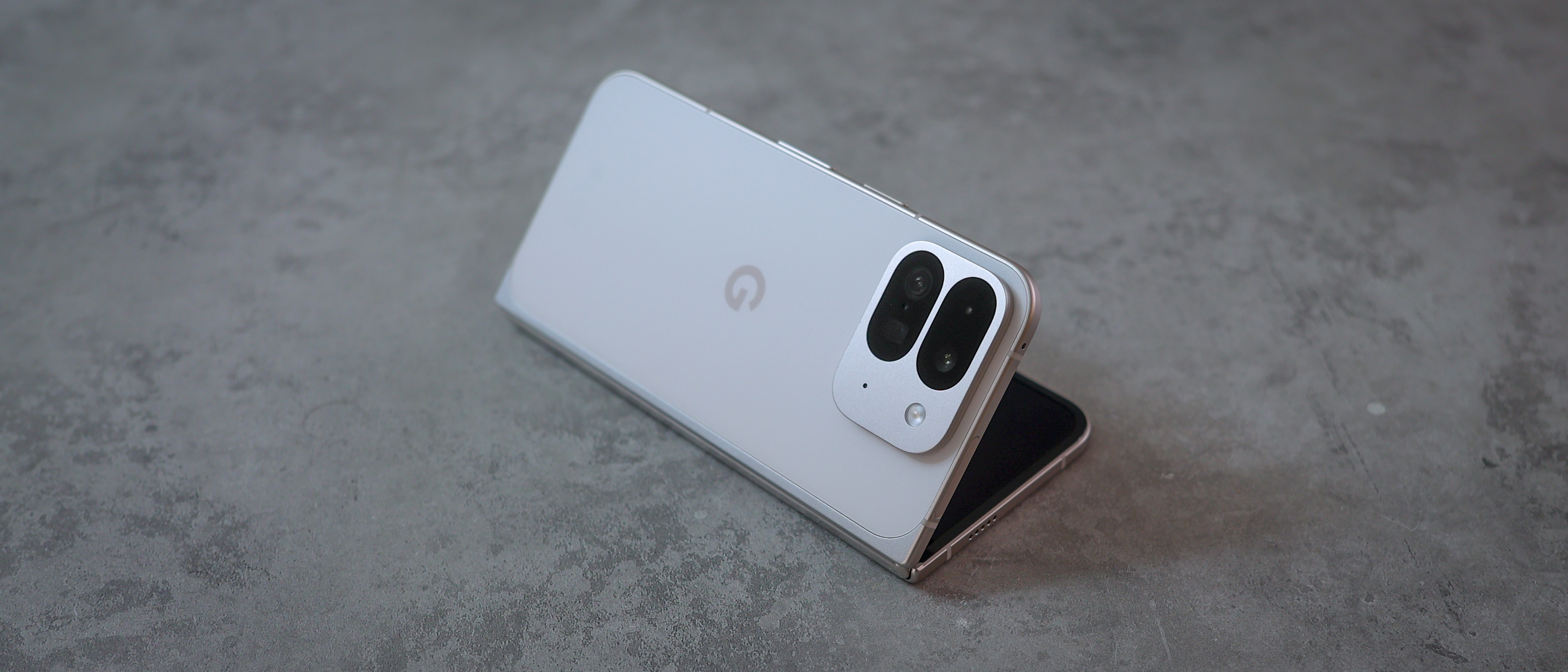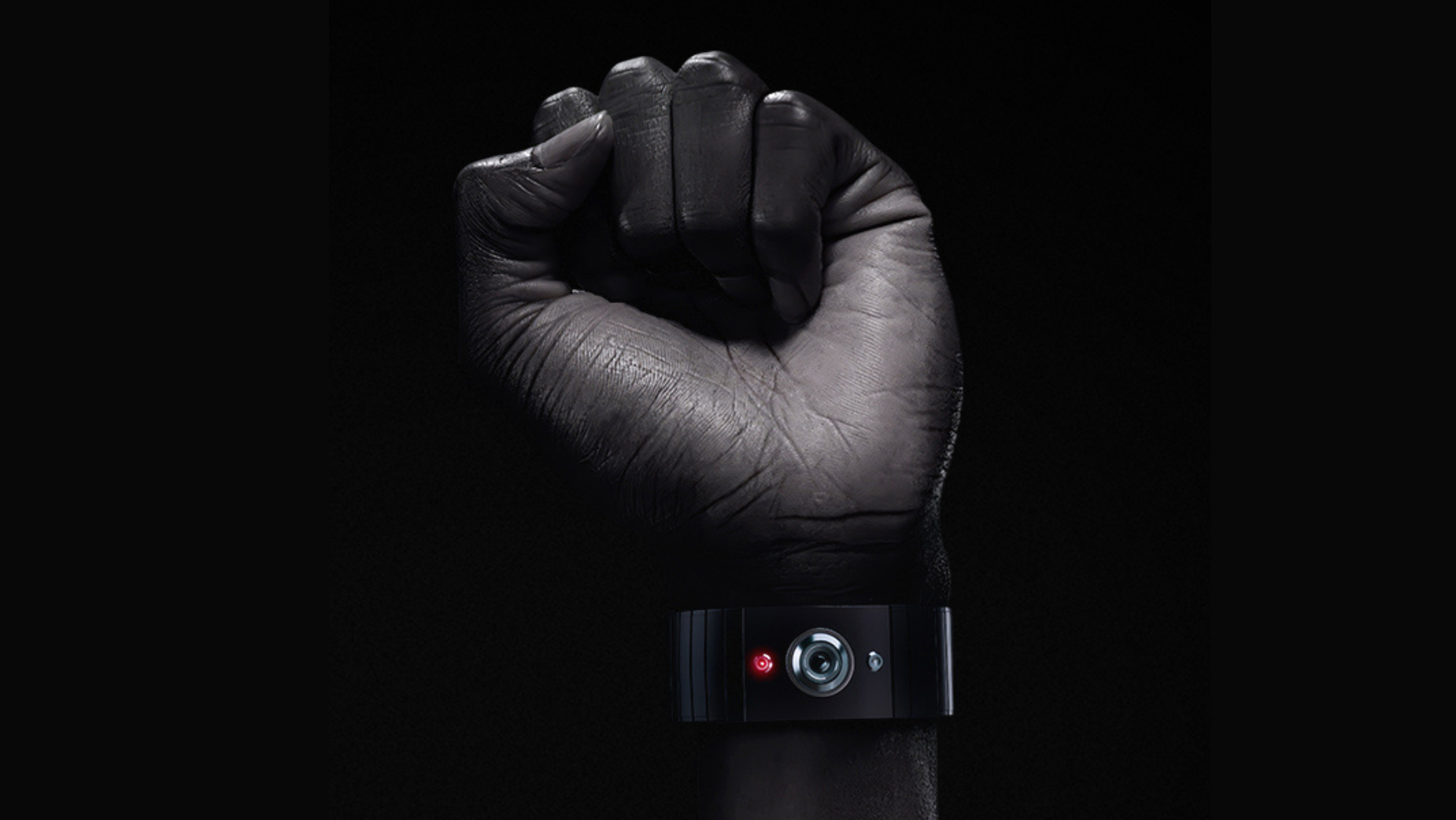Digital Camera World Verdict
Google seems to have upgraded everything about the Pixel 9 Pro Fold when compared to the original Pixel Fold, except for the camera hardware. While the 2024 photo processing does help, the camera falls behind key competition from Honor and OnePlus in all areas other than zoom reach. Nevertheless, as a phone on the whole, the 9 Pro Fold is a huge improvement over the original and a competitive foldable provided you can get past its high asking price and mediocre camera.
Pros
- +
Much slimmer and lighter than its predecessor
- +
Bright, sharp, smooth displays
- +
Largest main display of any Western foldable
- +
Clean software and seven-year update promise
Cons
- -
Small camera sensors
- -
Mediocre lowlight performance
- -
Poor video quality
- -
Very expensive
Why you can trust Digital Camera World
When we tested the original Pixel Fold, it was the foldable camera to beat with its periscope 5x zoom and Google’s notoriously reliable photo processing, but the Google Pixel 9 Pro Fold doesn’t look set to be such an instant camera hit. A year on, and the foldable landscape is very different, with the Pixel 9 Pro Fold facing stiff competition from the OnePlus Open and Honor Magic V3, both packing superior camera hardware.
So while Honor, OnePlus, and even Samsung upgraded their foldable camera hardware in 2024, Google is reprising the same small sensors as its debut foldable. When we covered the launch of the Google Pixel 9, Pixel 9 Pro and 9 Pro XL, we held out hope that the Pixel 9 Pro Fold would still be a foldable camera champ, but after almost a month with the phone, it just can’t keep up with the less expensive, more specced-out competition even if it is good enough for most.
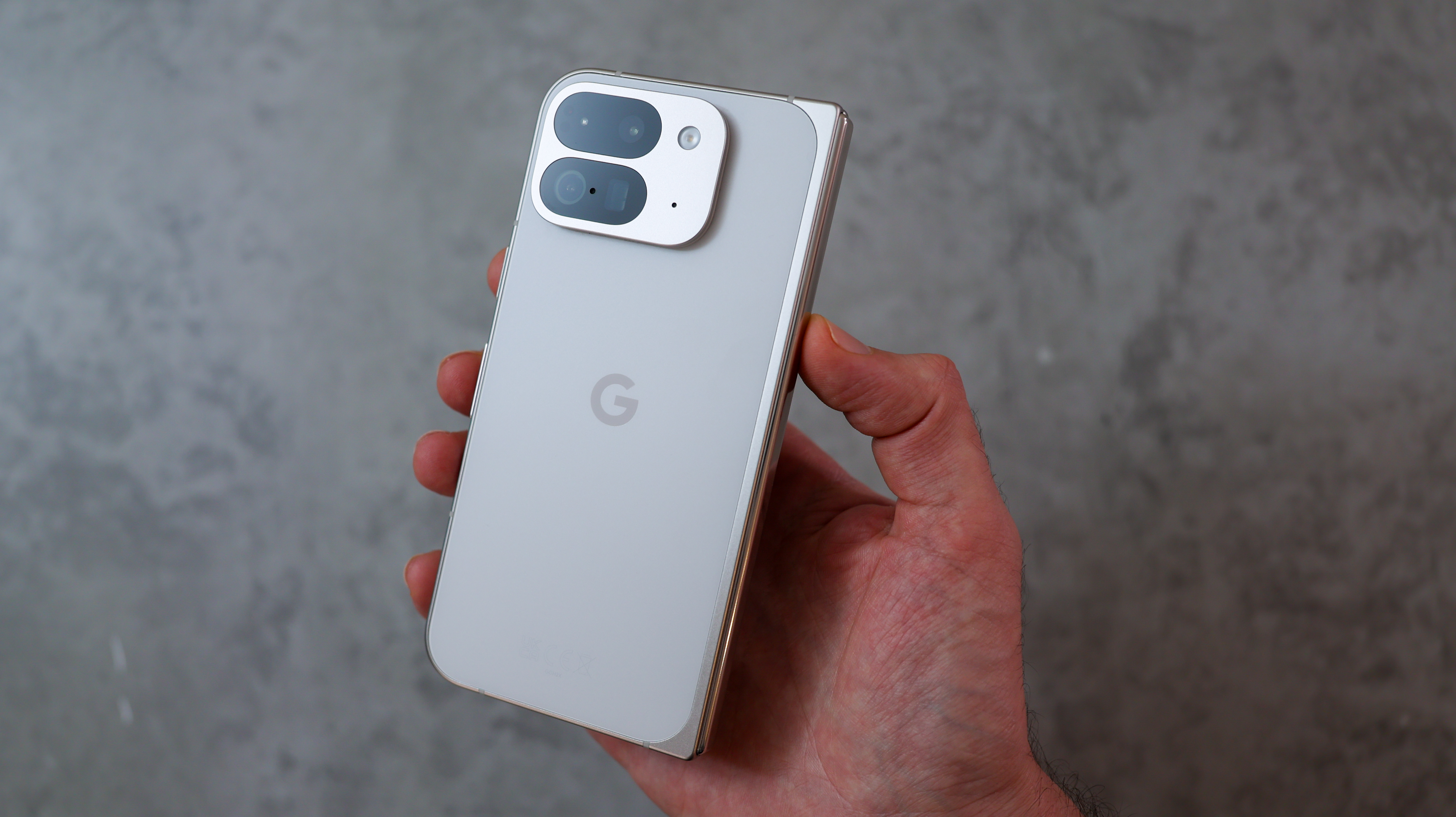
Thankfully, there’s so much more to the Pixel 9 Pro Fold than its camera. Its revamped design is a huge leap forward (it actually unfolds flat which, believe it or not, the original didn’t), and it also has a huge 8-inch inner display and a usable 6.3-inch outer screen, dwarfing Samsung’s more cramped Z Fold 6.
Add all of Google’s latest AI smarts, a clean stock Android interface, and Google’s much-improved Tensor G4 internals, not to mention seven years of OS updates, and there are plenty of reasons you might be swayed to pick up a Pixel 9 Pro Fold.
Google Pixel 9 Pro Fold design
If you’ve used the original Pixel Fold, you might remember it being unwieldy at a whopping 283g, packing a super-stiff hinge, slippery sides and as mentioned, not unfolding flat. Google’s addressed all those points with the new 257g Pixel 9 Pro Fold.
From the front, it’s a bit taller and less wide, so drops the passport shape for a more traditional, phone-sized fascia. In fact, the screen’s the same size as the Pixel 9 and Pixel 9 Pro. There’s a big border on the hinge side to the left of the screen, which makes the phone feel a bit wider than it needs to, especially next to similarly sized and shaped foldables like the OnePlus Open, but all things considered, it’s definitely a step in the right direction.
Relatively slim at 10.5mm when closed and 5.1mm when unfolded (not including the camera bump), the Pixel 9 Pro Fold feels thicker than the Honor Magic V3. This isn’t just because it is – the V3 is 4.4mm folded, and 9.3mm unfolded – but the chunkier feel is also a result of the V3’s curved sides versus the Pixel 9 Pro Fold’s flat sides.
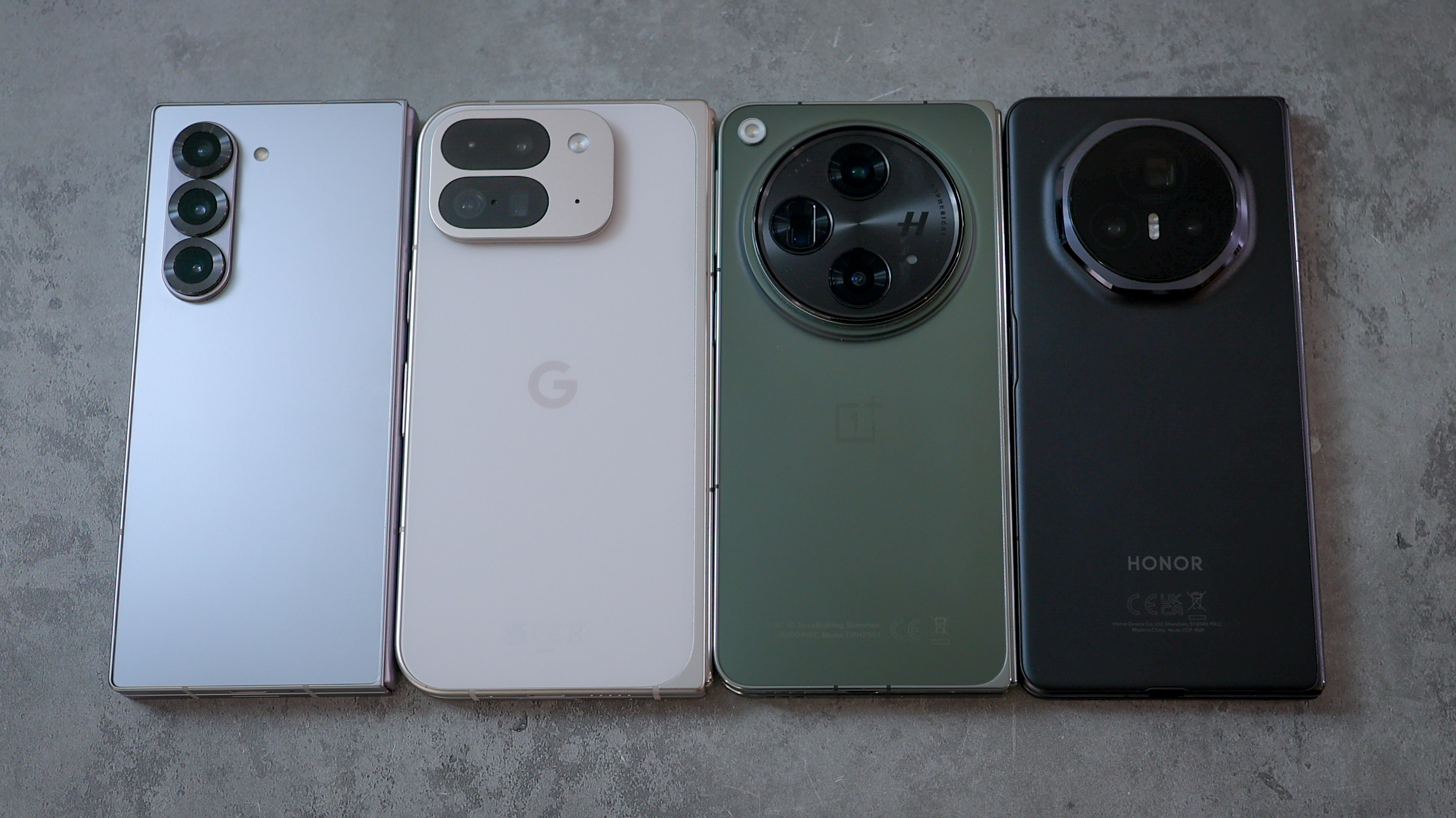
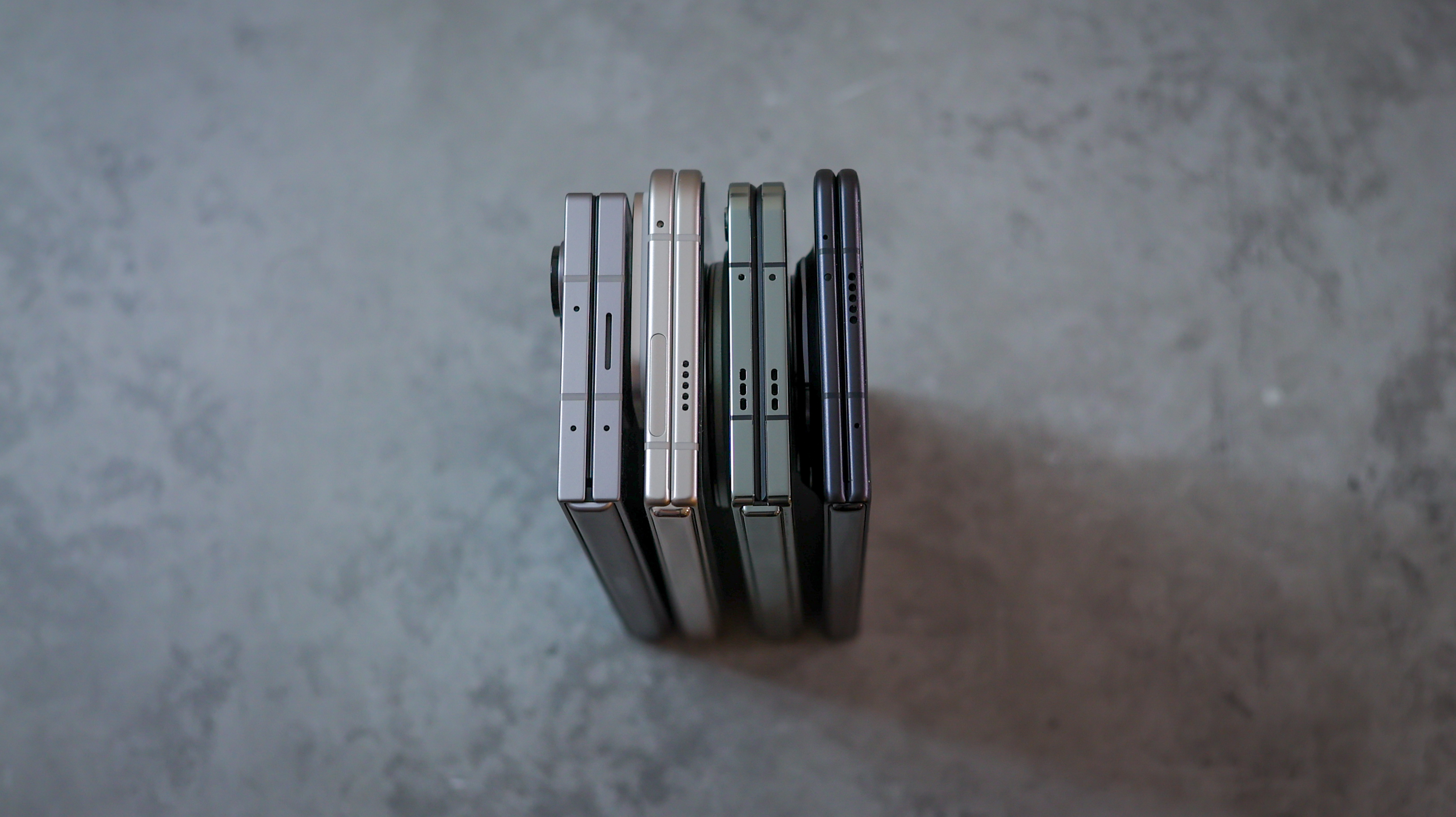
While flat sides may make the phone feel thicker, they also add extra grip, which coupled with the matte frame and smooth hinge, make opening and closing the Pixel 9 Pro Fold a secure-feeling experience.
At the base of the phone is a single SIM slot and a USB-C port, the volume and power buttons are on the right side, with the volume button also doubling up as a fingerprint scanner, and the cameras are around the back.
We’re not in love with the stretched-squircle camera design around the back of the phone. It offsets the symmetry of the G logo, stacks the cameras, and, therefore, breaks from the style of the other Pixel 9s. Most notably, it fails to improve the camera hardware over the Pixel Fold, which will be more on later.
With IPX8 water resistance, the Pixel Fold is relatively hardy, and there’s tempered glass on the front. We managed to get a tiny micro scratch on our Pixel Fold screen after a few days, so if you’re thinking about picking one up, a screen protector is a great shout.
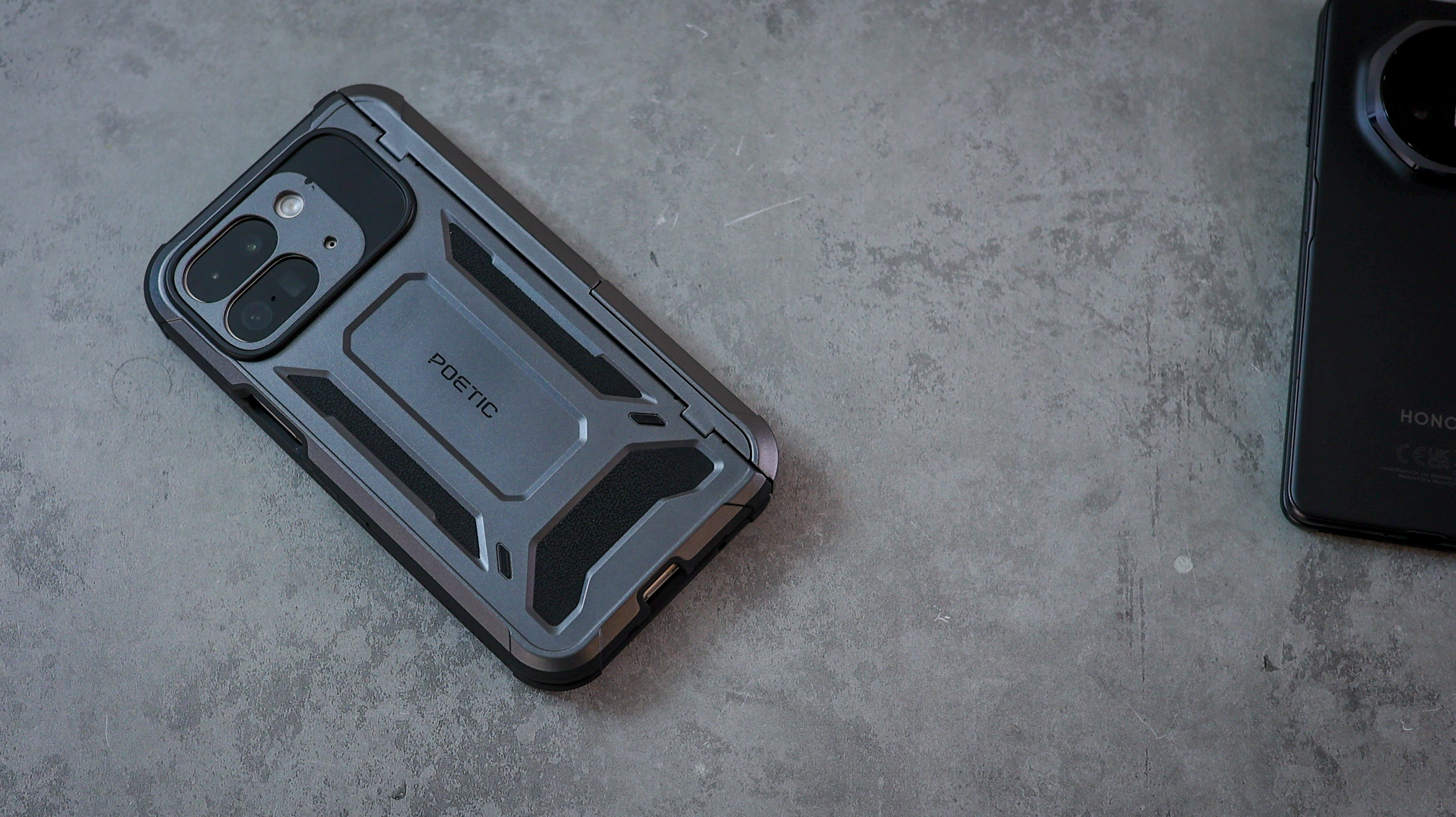
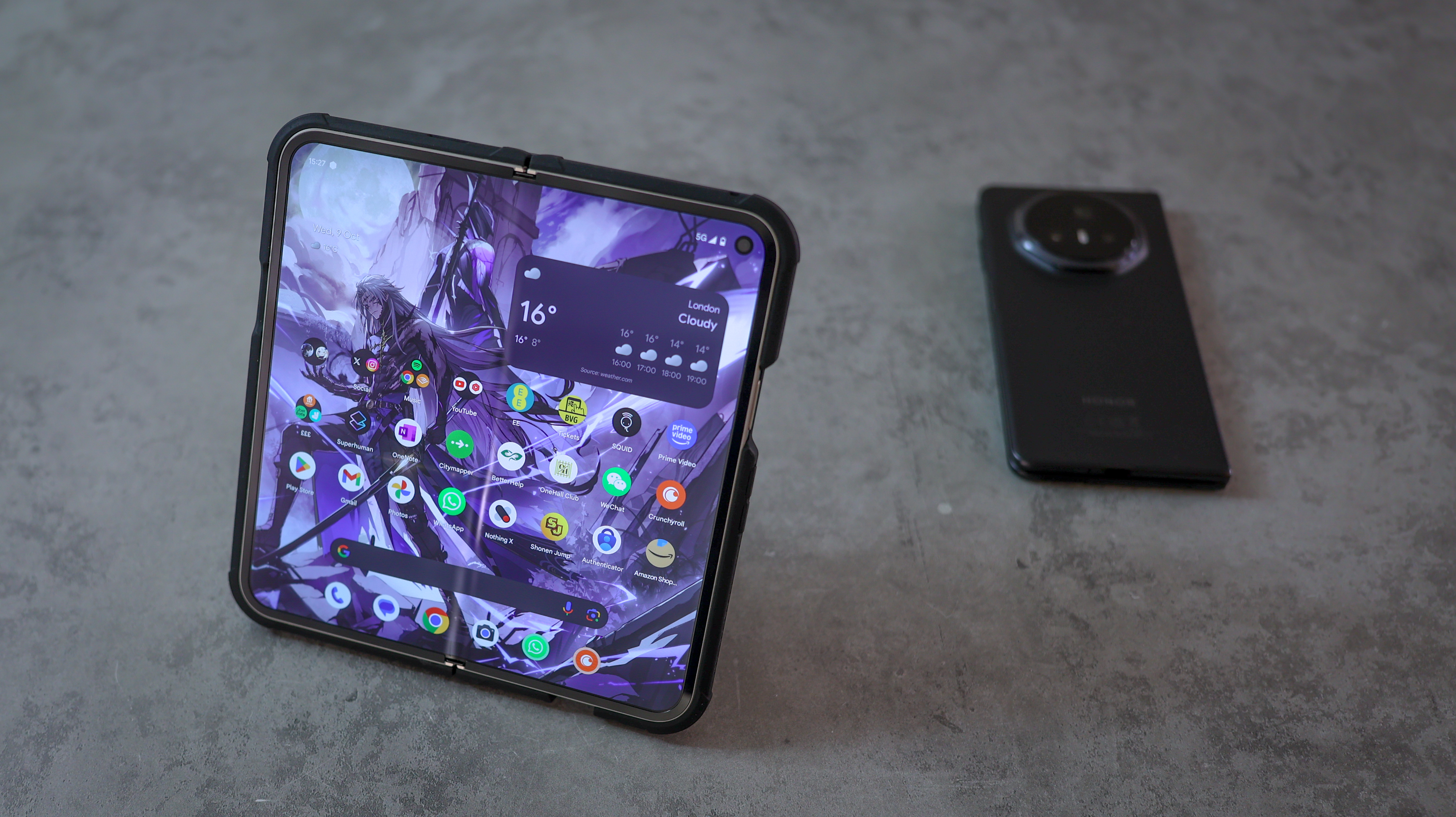
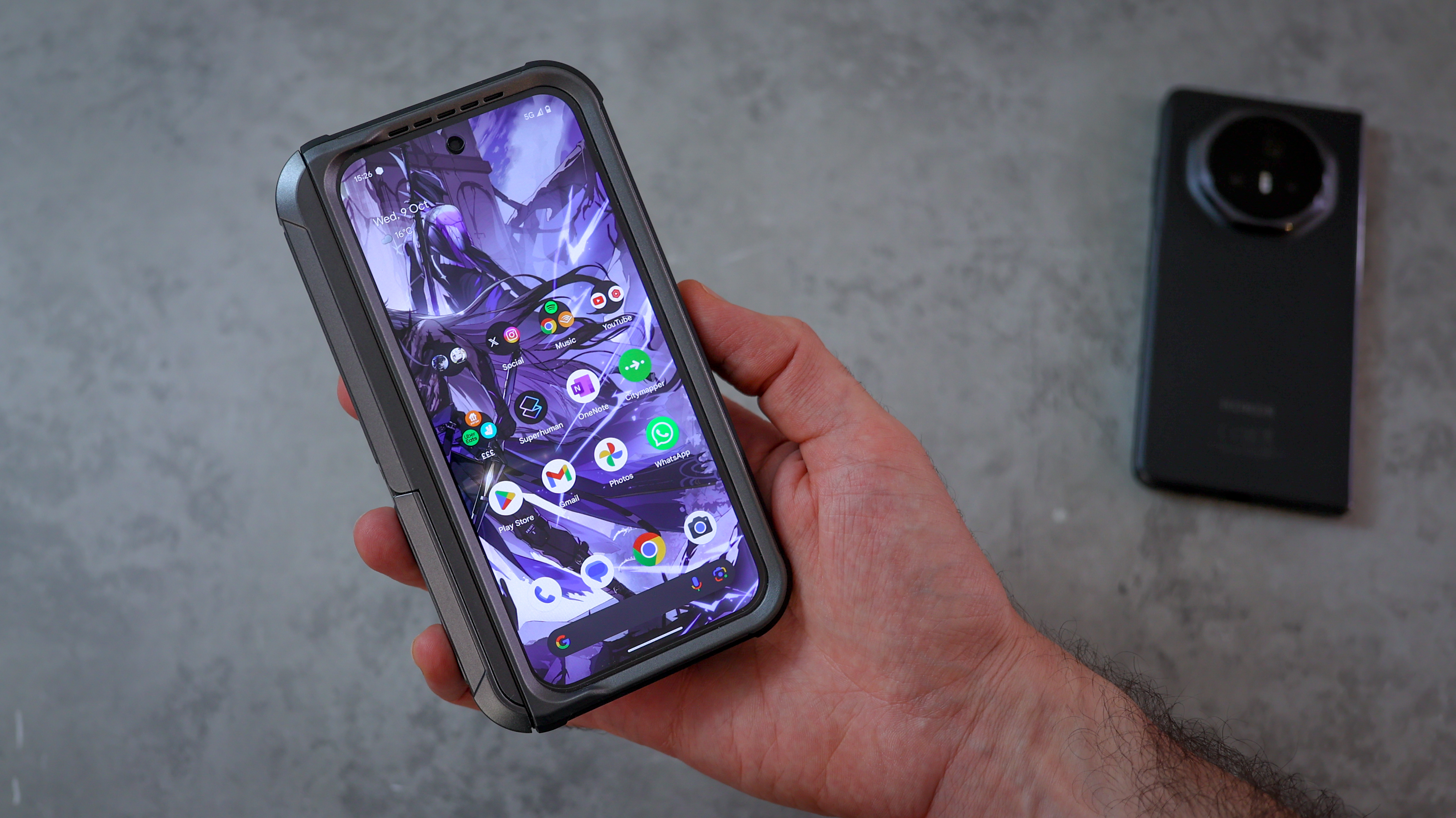
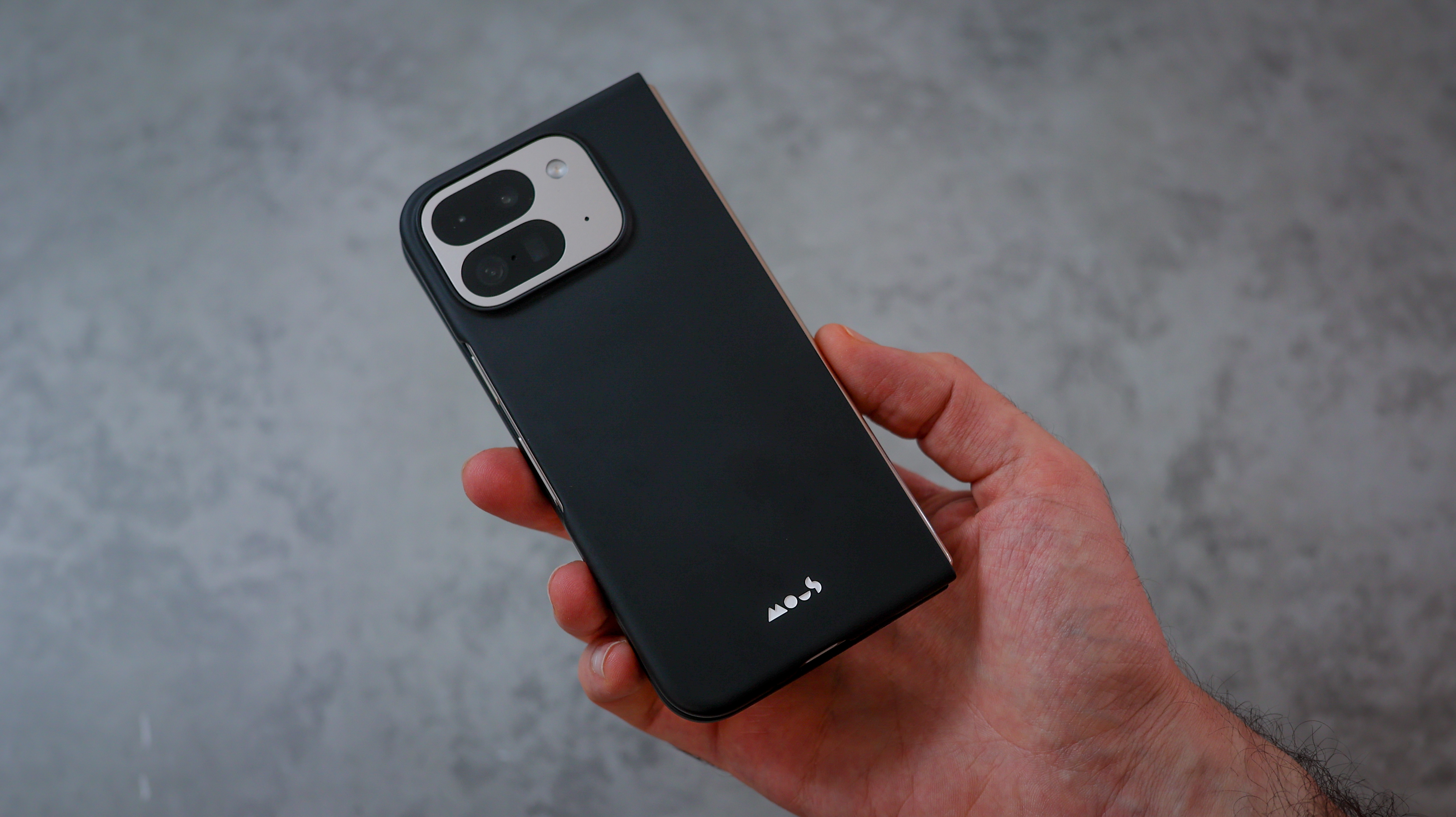
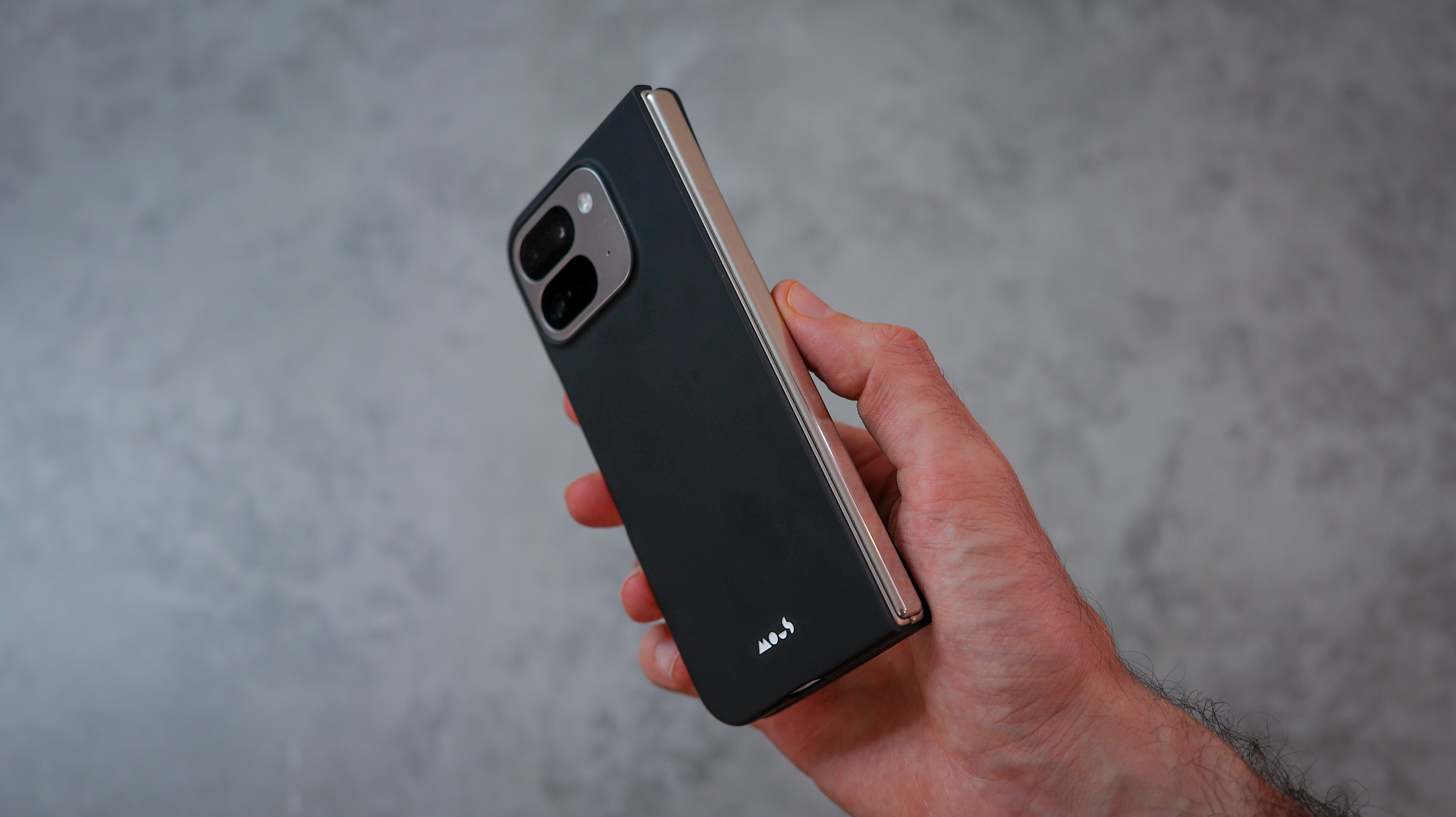
If you’re wondering how cases work with the Pixel 9 Pro Fold, we’ve tried the official Google case, the Mous case and the Poetic case. Google and Mous’s solutions are very similar and are slimline, though don't protect the hinge when the phone is closed. If you have a thick glass screen protector, neither Google or Mous’s case fit on the phone, so we had to choose between protecting our screen or smartphone. This might not be an issue with a thinner screen protector.
By contrast, the Poetic Case for the Pixel 9 Pro Fold is thick, almost tank-like. It has a pop-out kick stand, and gives big Decepticon styling. It also has an inbuilt screen protector, so it feels like it seriously protects your closed Pixel 9 Pro Fold from all sides. That said, it's incredibly hefty, filling out even the baggiest of jean pockets.
With each protection option being imperfect, therefore, you’ll need to decide which is right for you.
Google Pixel 9 Pro Fold screens
Most foldables have roughly 6.3-inch cover screens, but the inner screens tend to be different sizes. Samsung's is the smallest at 7.6 inches, the OnePlus Open's 7.82-inch inner screen is slightly bigger, and the Pixel 9 Pro Fold's is the biggest of the bunch at 8 inches.
Whether open or closed, the Pixel 9 Pro Fold's screens look great with bright panels that are easy to see outdoors. They are sharp, smooth with 120Hz refresh rates, and both support HDR content.
Dip into the display settings and options are more limited than other phone makers, but if you don't need to tinker with colour balance, go granular in setting resolutions and refresh rates, the Pixel 9 Pro Fold's display settings should suffice.
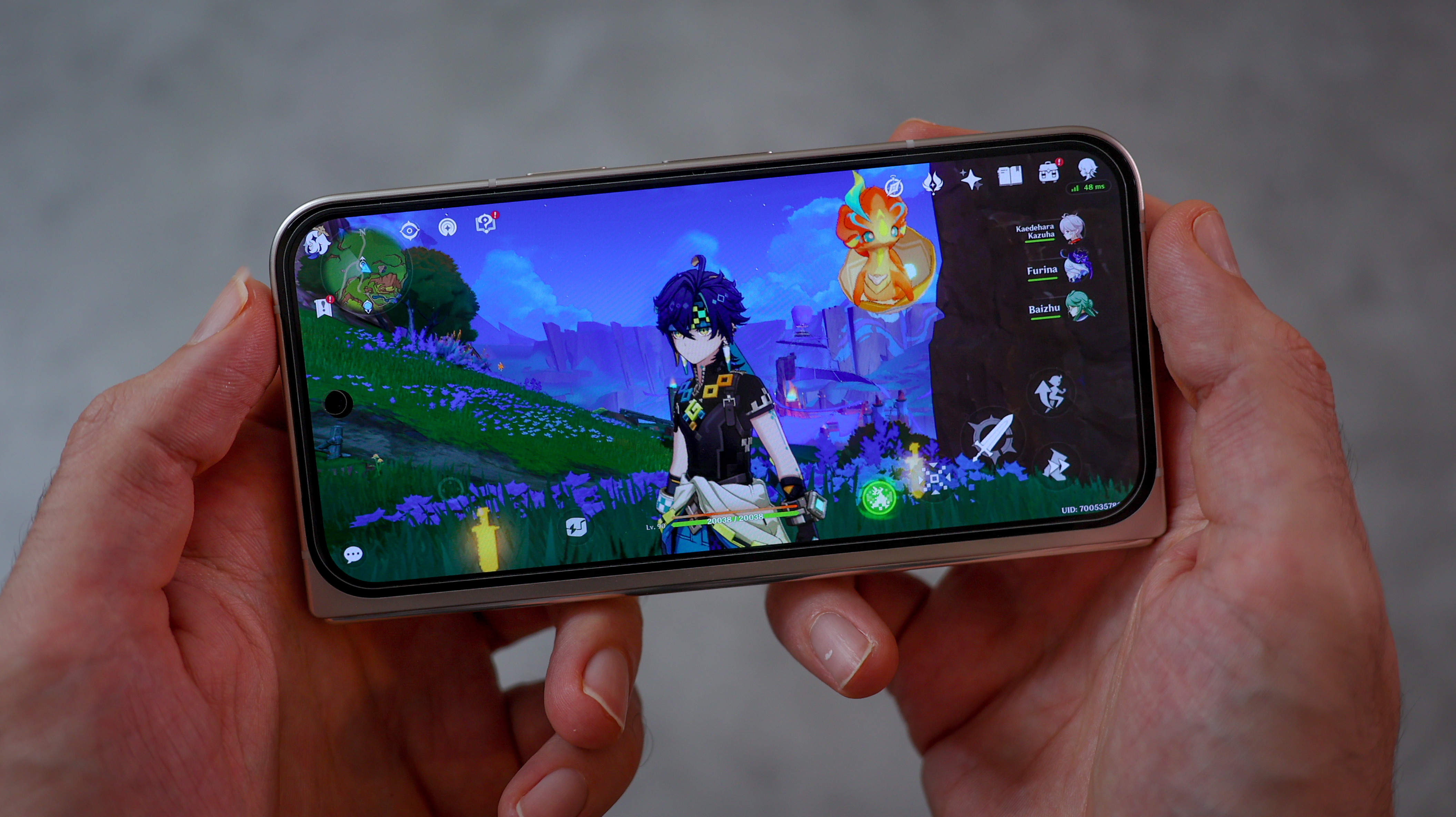
A major factor when it comes to foldables is how noticeable their crease is. A deep crease can pull you out of that big screen experience and Samsung's tends to be the deepest of the bunch. OnePlus wins the crease wars with a nearly imperceptible crease on its OnePlus Open, followed by the Honor Magic V3 and Google Pixel 9 Pro Fold, both of which sit firmly in the middle. Compared to the original Pixel Fold, though, it's night and day, so if you're upgrading from that, you'll love using the new Pixel 9 Pro Fold unfolded.
Unlike Samsung's Z Fold 6, the Honor Magic V3, and OnePlus Open, the Pixel 9 Pro Fold doesn't support pen input. If size and quality are your top priority, though, Google's 9 Pro Fold is as good as it gets.
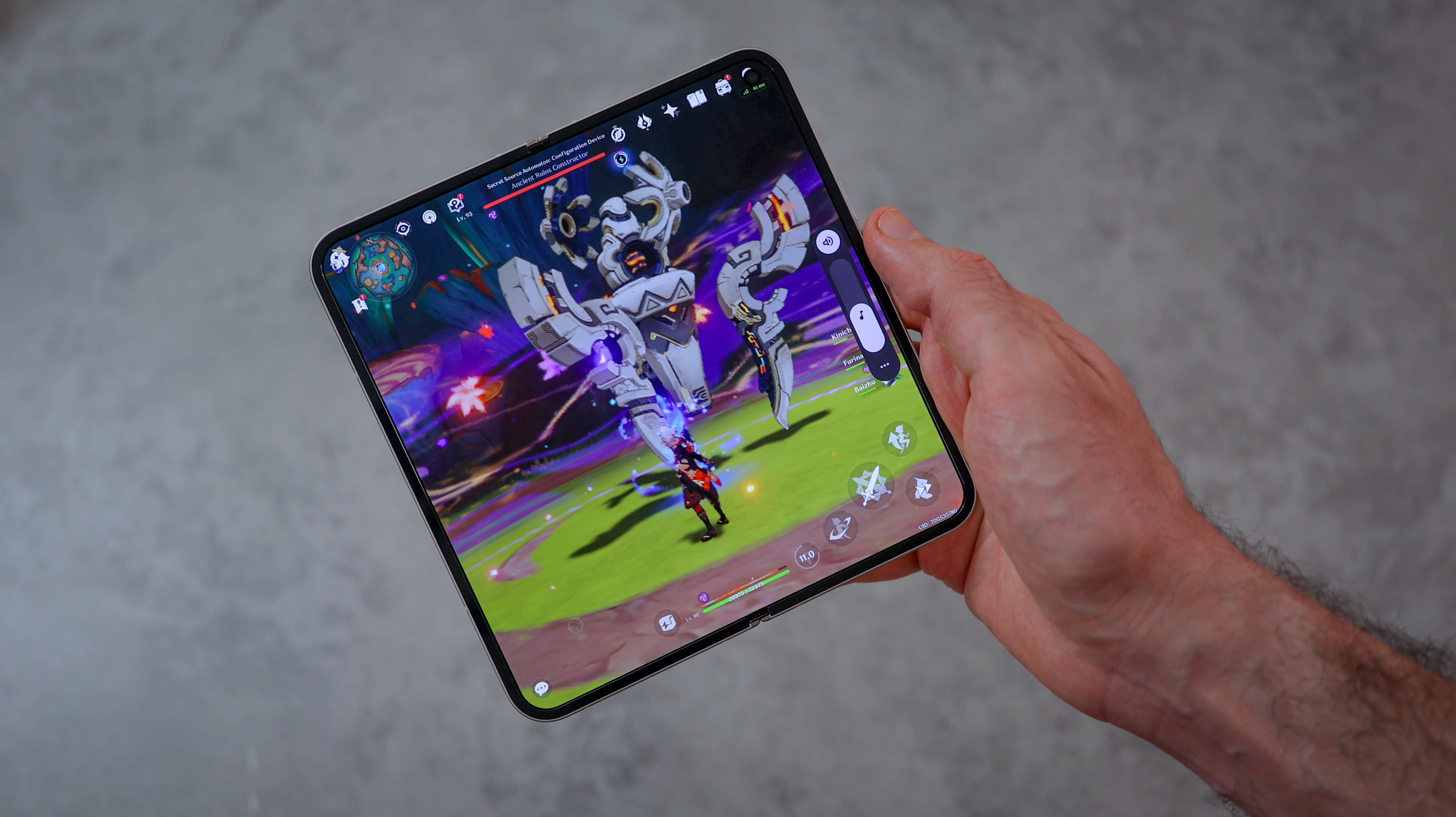
Google Pixel 9 Pro Fold Camera Specs
The Pixel 9 Pro Fold's camera specs are a mix of hit and miss on paper. While its 5x telephoto camera gives it more optical reach than the foldable competition, making the Pixel 9 Pro Fold the best option for far-reaching snaps, the fact Google hasn't upgraded the camera hardware over the original Pixel Fold is a let down. This is particularly painful given the price, and the fact the Pixel 9 Pro and Pro Plus have such a great camera mix. You could make the argument that Google could have dropped the Pro and just called this a Pixel 9 Fold based on the camera performance.
The main camera is a 48MP resolution, 1/2-inch sensor with an f/1.7 aperture lens and a 25mm focal length, and OIS. With foldables like the Vivo X Fold 3 Pro sporting a 1/1.3-inch sensor, Google's clearly not winning any hardware wars.
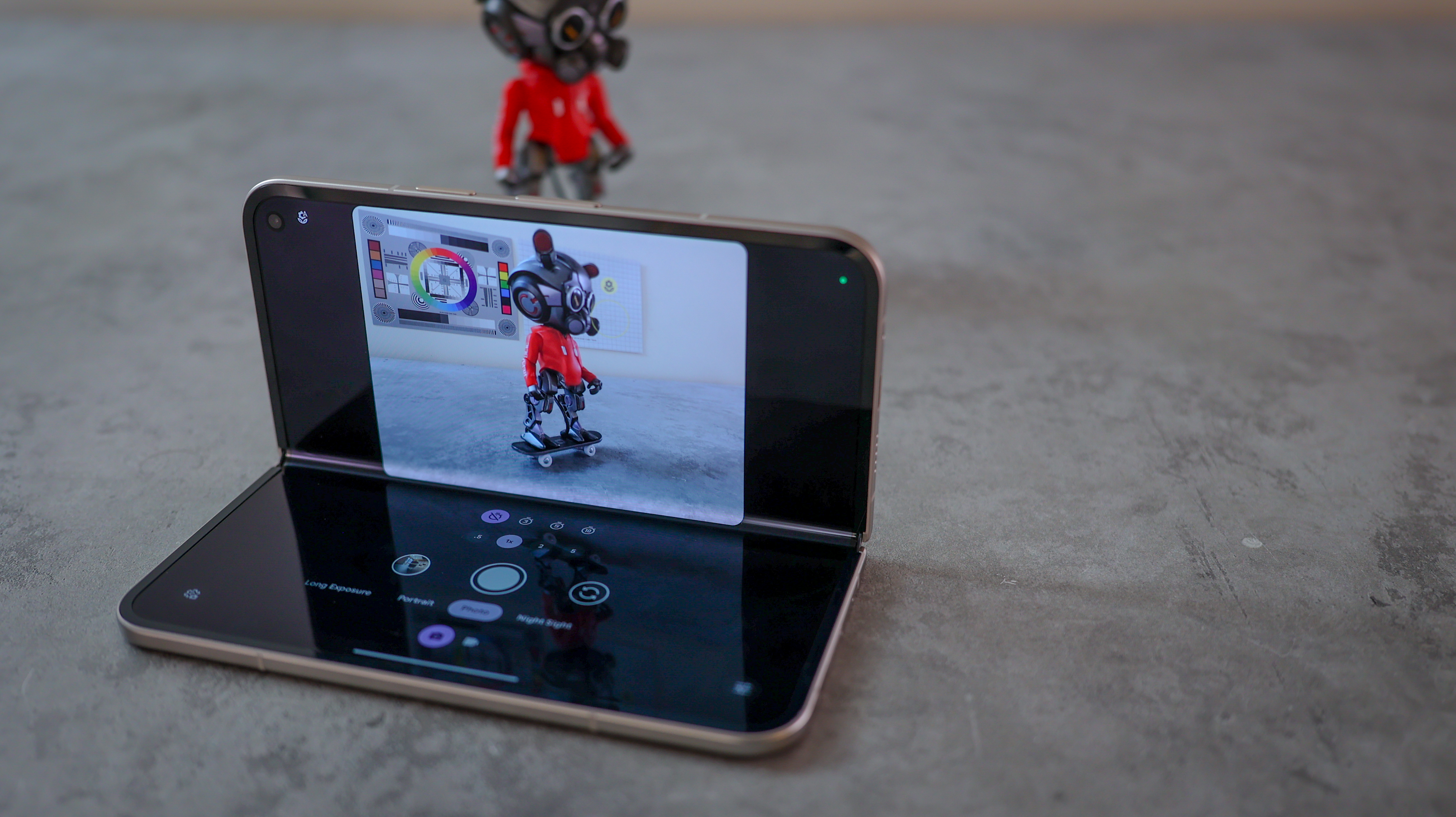
There's also a 10.8 MP resolution telephoto camera with a 1/3.2-inch sensor and an f/3.1 aperture, and while the size and resolution are low, a 112mm telephoto reach, which equates to a five times optical zoom is best-in-class, with OIS helping it along.
The ultra-wide is another mixed bag, with a respectable f/2.2 lens and PDAF, so it can double up as a macro camera, but a small 10.8 MP, 1/3-inch sensor falls behind the competition from Honor and OnePlus.
To put the Pixel 9 Pro Fold's hardware into context, it's worth comparing the sensors to those of its direct competitor, the OnePlus Open. The primary camera of the Open has a 1/1.43-inch sensor versus the 1/2-inch Pixel, it has a 1/2-inch telephoto sensor versus the 1/3.2-inch Pixel, and the ultra-wide has a 1/2-inch sensor compared to 1/3.4-inch on the Pixel. Sensor size isn't everything, but it counts for a lot, especially for video and noise handling.
So when you put OnePlus Open shots and footage alongside content captured on the Pixel 9 Pro Fold at 16mm, 28mm, 50mm and 70mm – some of the most common focal lengths for smartphone photography – the Pixel falls behind.
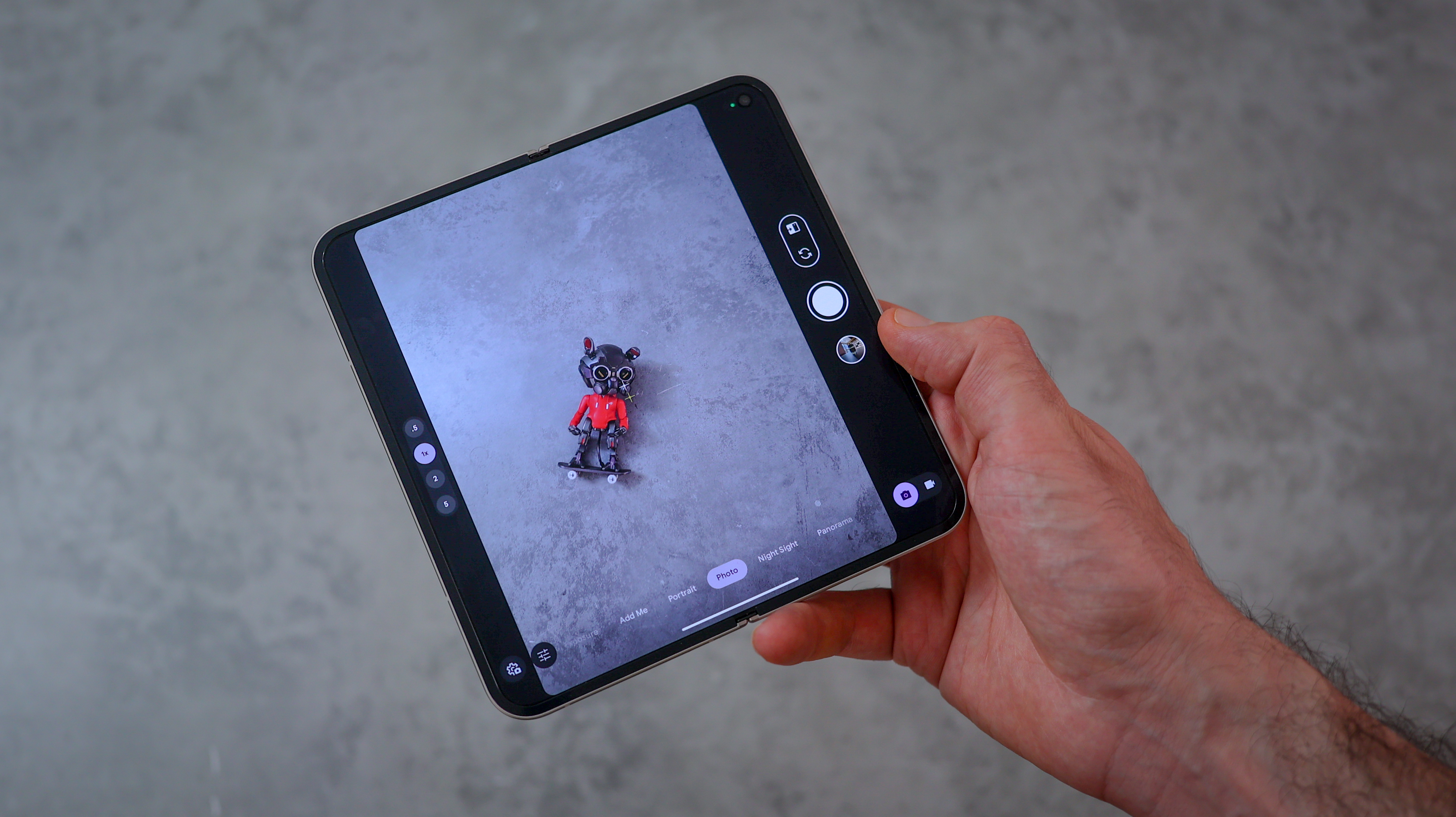
There are also two 10MP selfie cameras, one in the cover screen and another in the unfolded display in the right corner. The phone also records 4K video at up to 60fps, or 4K 30fps HDR footage from all the rear cameras.
While we hoped Google's software would compensate for some hardware shortcomings with features like Video Boost, software handicaps hold the 9 Pro Fold's camera back too. One example is portrait mode – a notorious selling point for Pixels – this only works on the main camera at 1.5x and 2x (both digital crops).
There's also no option to activate the telephoto camera for portraits, which feels very counter-intuitive for a photographer. Video Boost, a feature that uploads footage to the cloud and cleans it up, is only available for the primary camera when it's desperately needed across all the ultra-wide and telephoto cameras owing to their weaker spec.
Google Pixel 9 Pro Fold AI Imaging
On the plus, the Pixel 9 Pro Fold does get new smart AI features introduced to the series, including Best Face, which was introduced last year. This lets you swap out faces of individuals in group shots, working best for head-on faces in our experience. Another new feature is Add Me, which lets subjects in a group photo take a photo with the photographer in shot by compositing them in after the fact. This works to great effect in simple setups, though more complex group shots overwhelm it. It's also significantly less spontaneous than a selfie, but is a fun party trick and can be excellent for more creative, playful group shots.
Magic Editor has also been upgraded, so 2024 Pixel owners can reframe an image using generative AI, breaking through the border and using photography principles to get subjects in the best position. This was very useful, and the feature is a dab hand at accurately creating organic shapes and features like arms. It struggled more with patterns like a chequered shirt, for example.
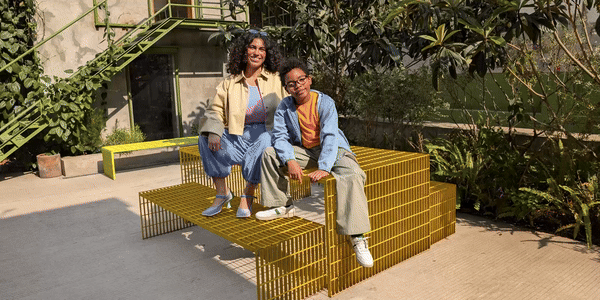

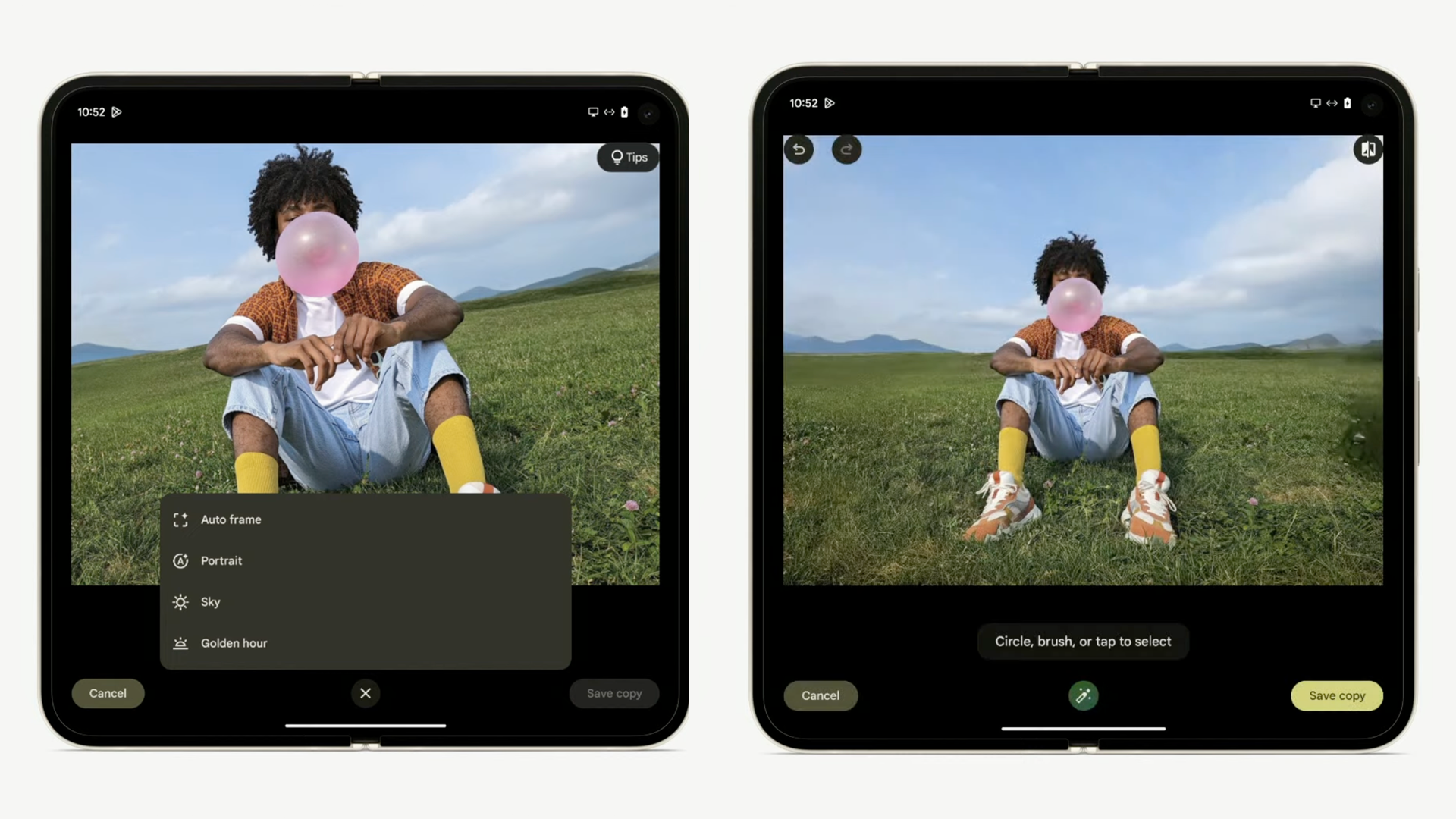
The final editing highlight to focus on for the Pixel 9 Pro series is Reimagine. Select a portion of your picture in Magic Editor and use a text prompt to make edits. The results are fantastical, as with much AI, but it's also impressive that those transformations took mere moments.
Google Pixel 9 Pro Fold camera review
Google Pixel photos are always good enough before you pinch into them or crop them. They're relatively balanced, pulling out a healthy amount of shadow detail and salvaging highlights. The main camera is unsurprisingly the most reliable, though all three pull off a usable shot in bright environments, processing with pleasing saturation and a slightly cool vibe.
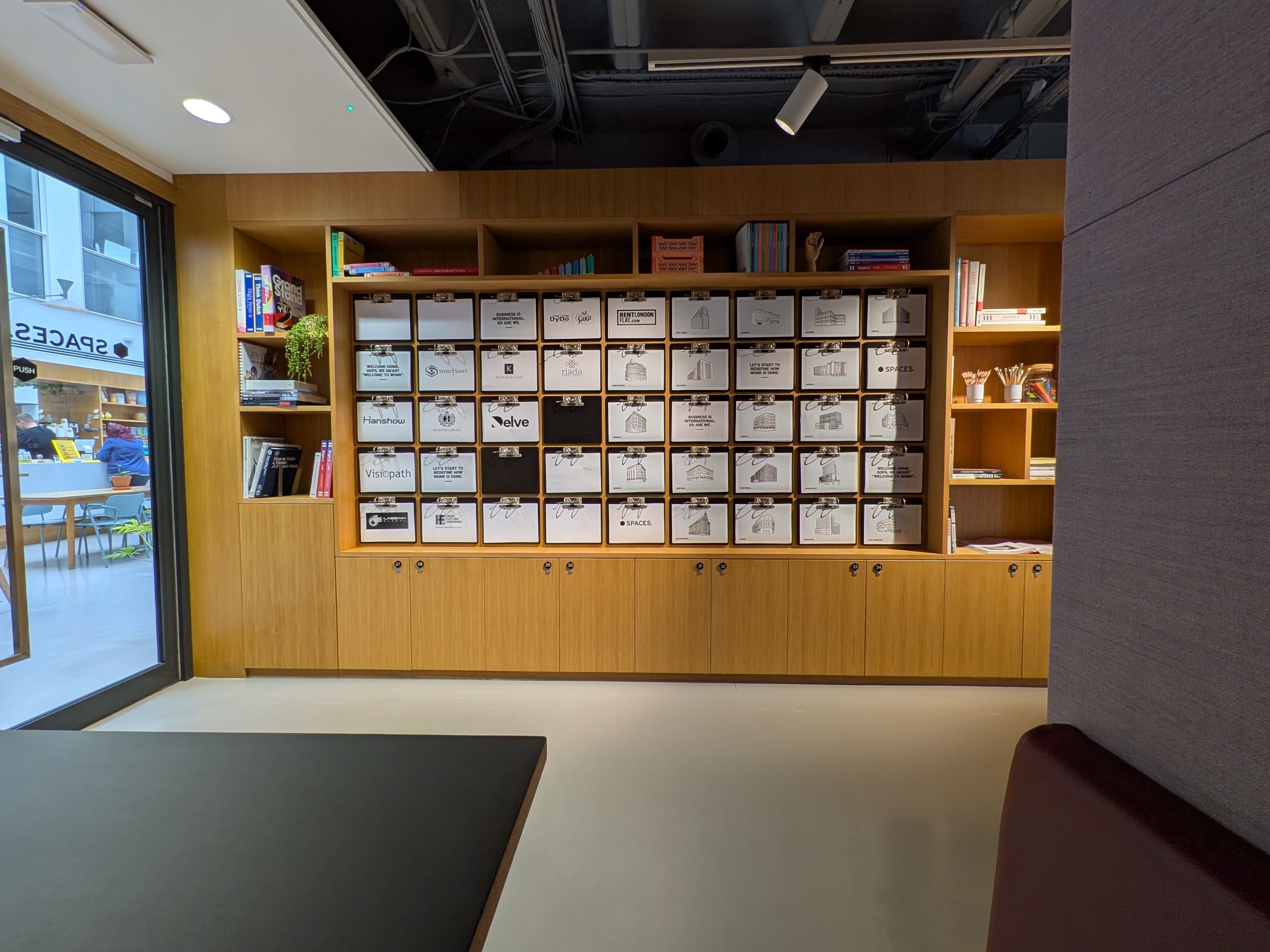
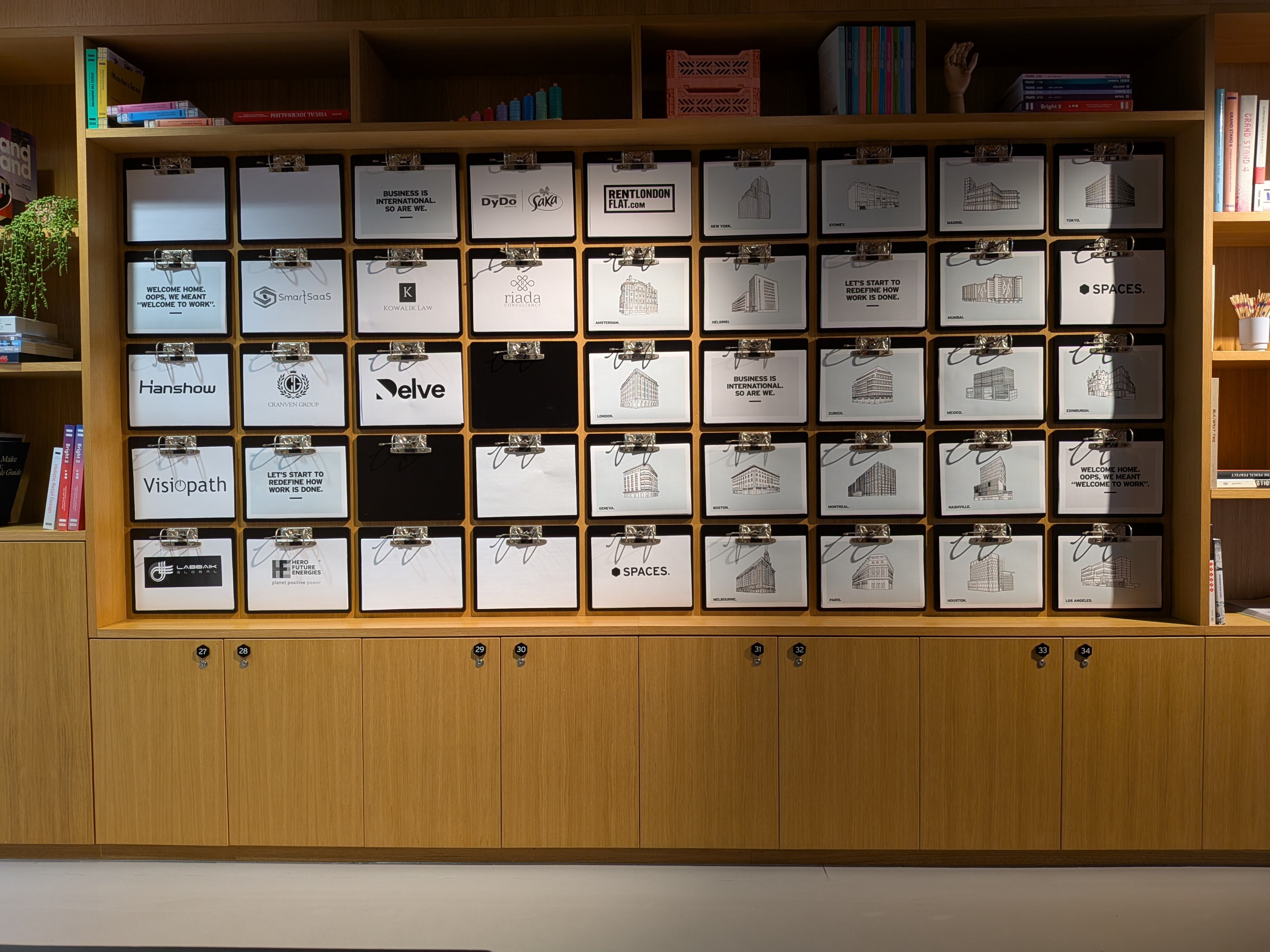
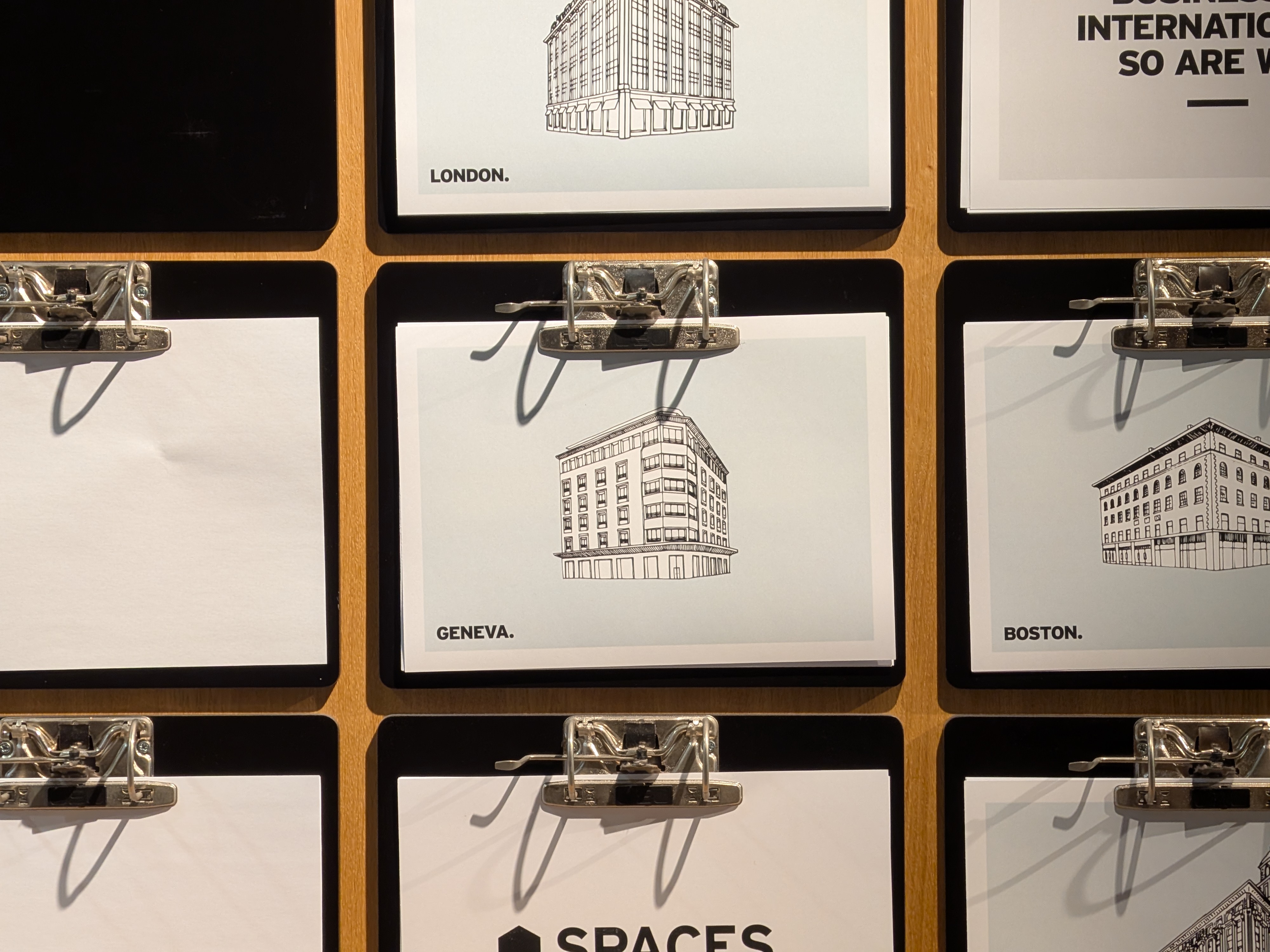
When you zoom or go ultra-wide, everything gets a bit softer. At 0.6x and between 2-4.9 times zoom, the Pixel 9 Pro Fold is weak set against the competition, but at 5x and beyond picks up the slack thanks to that far-reaching focal length.
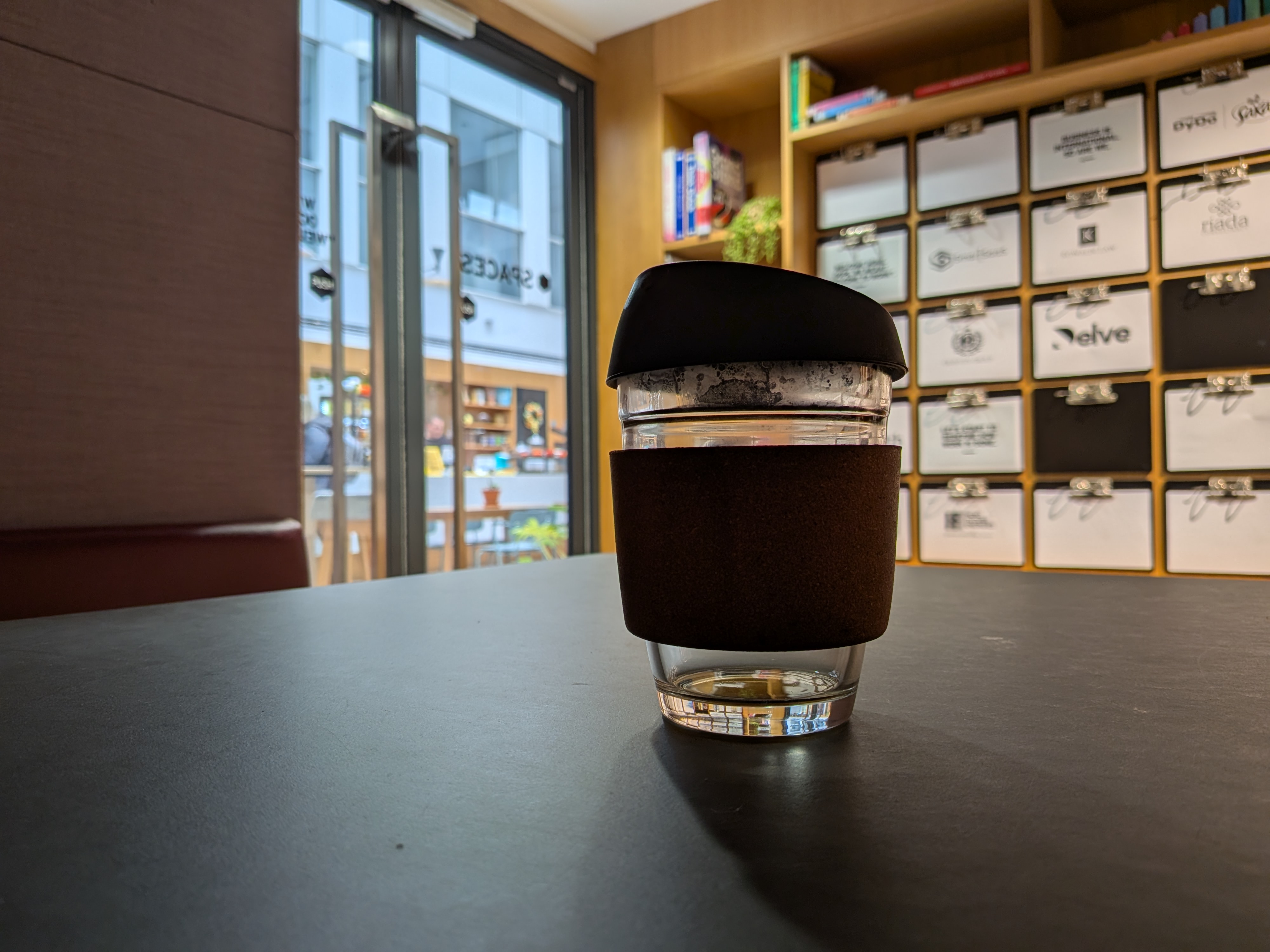
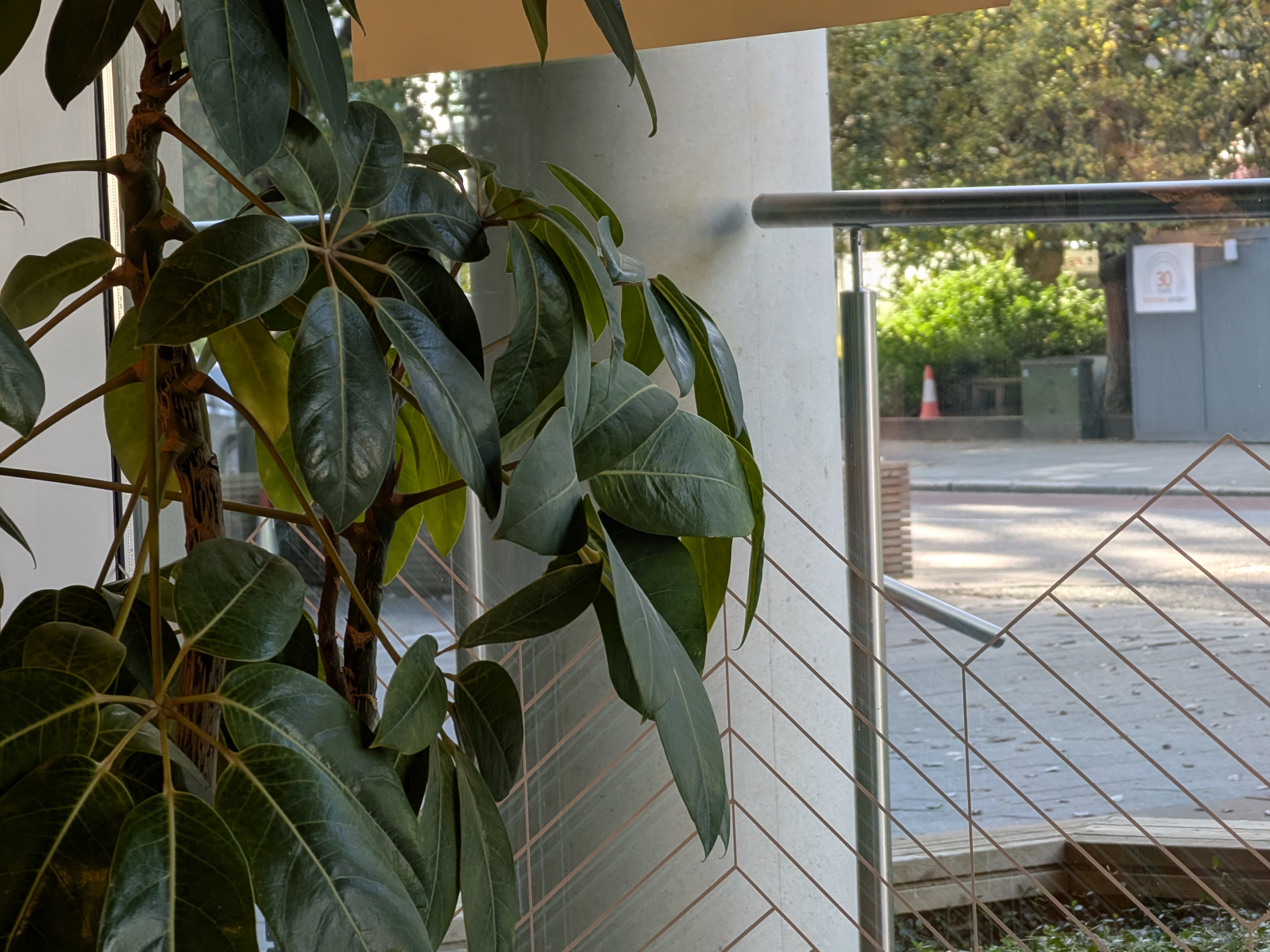
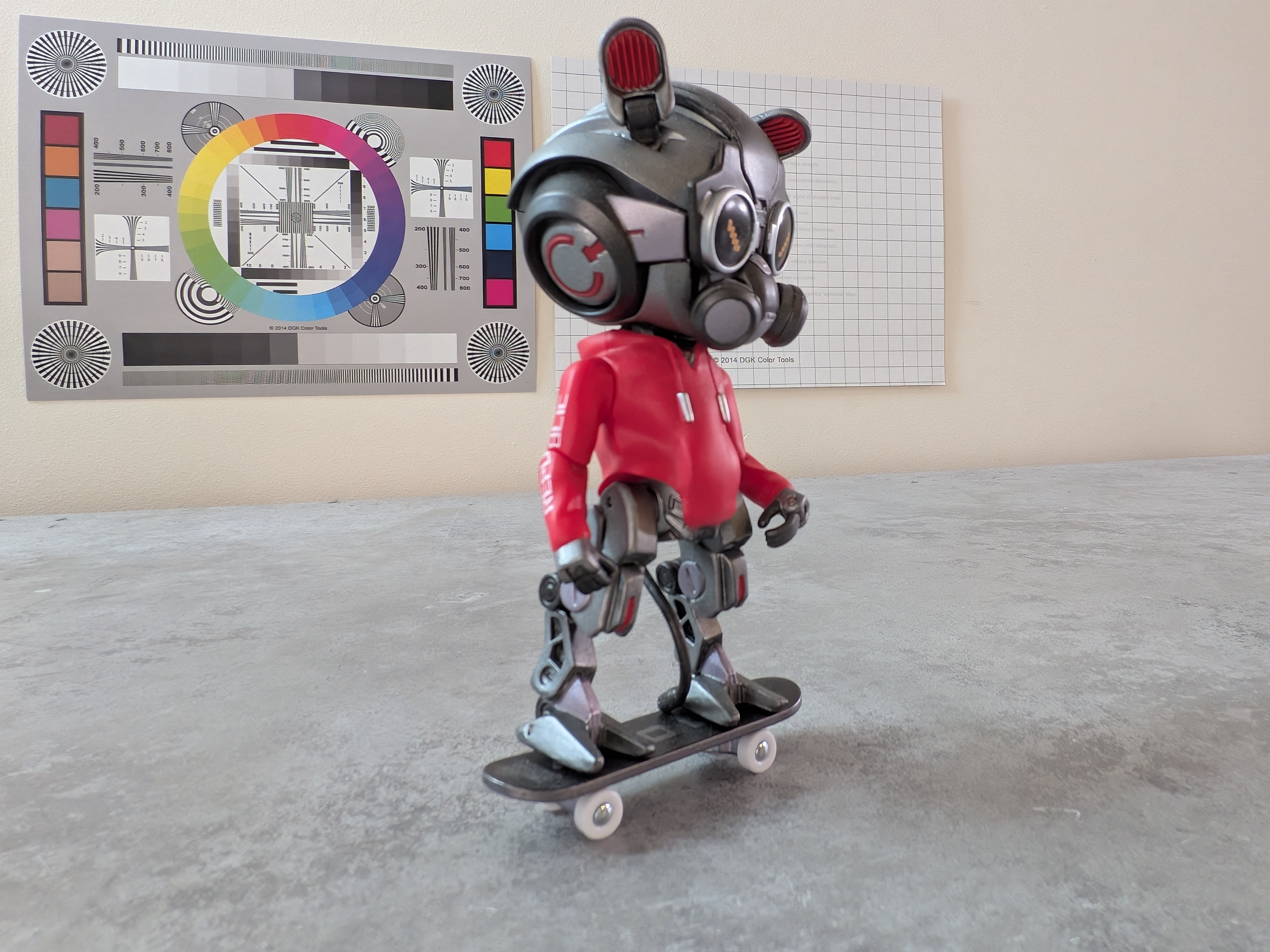

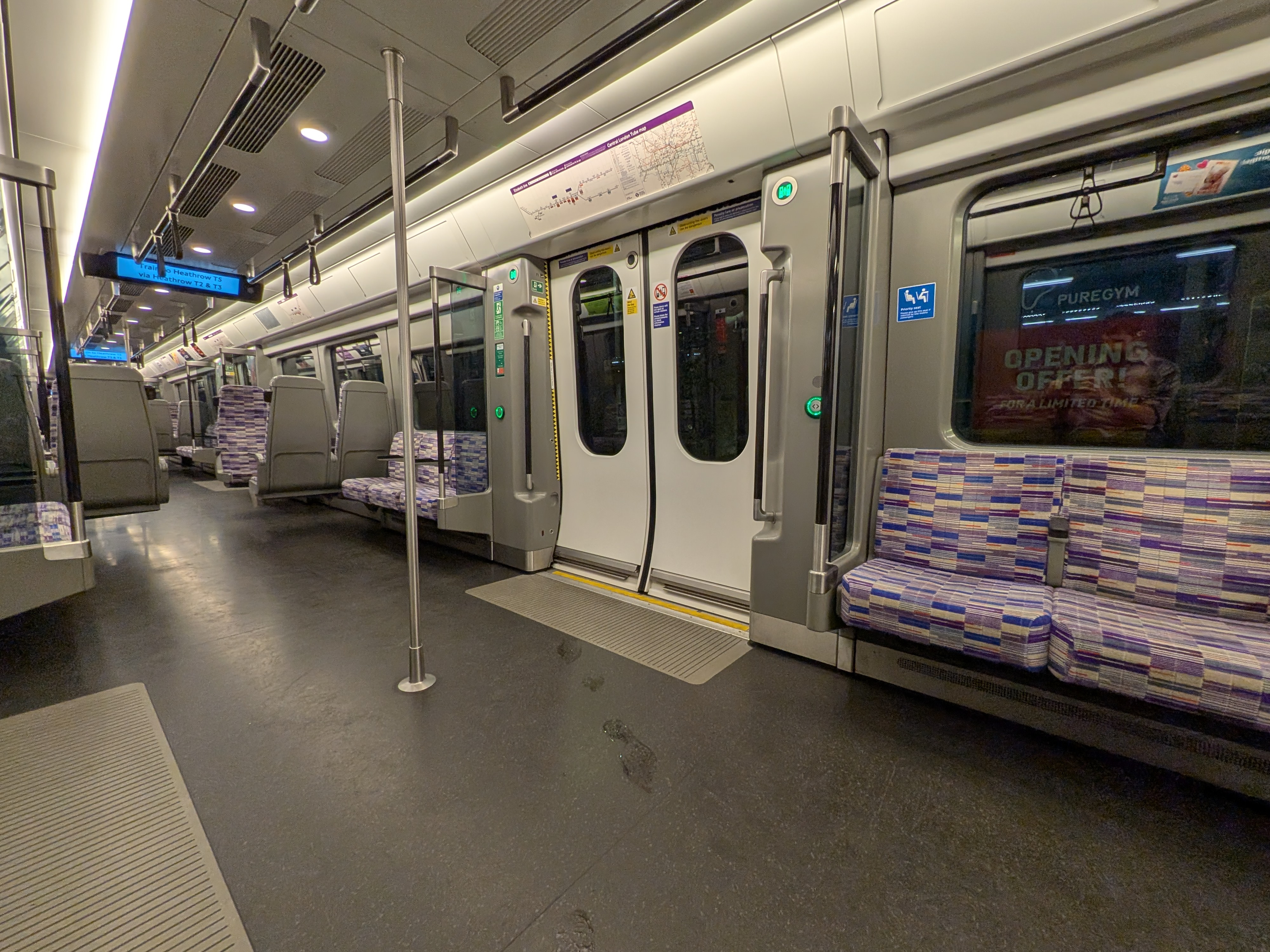
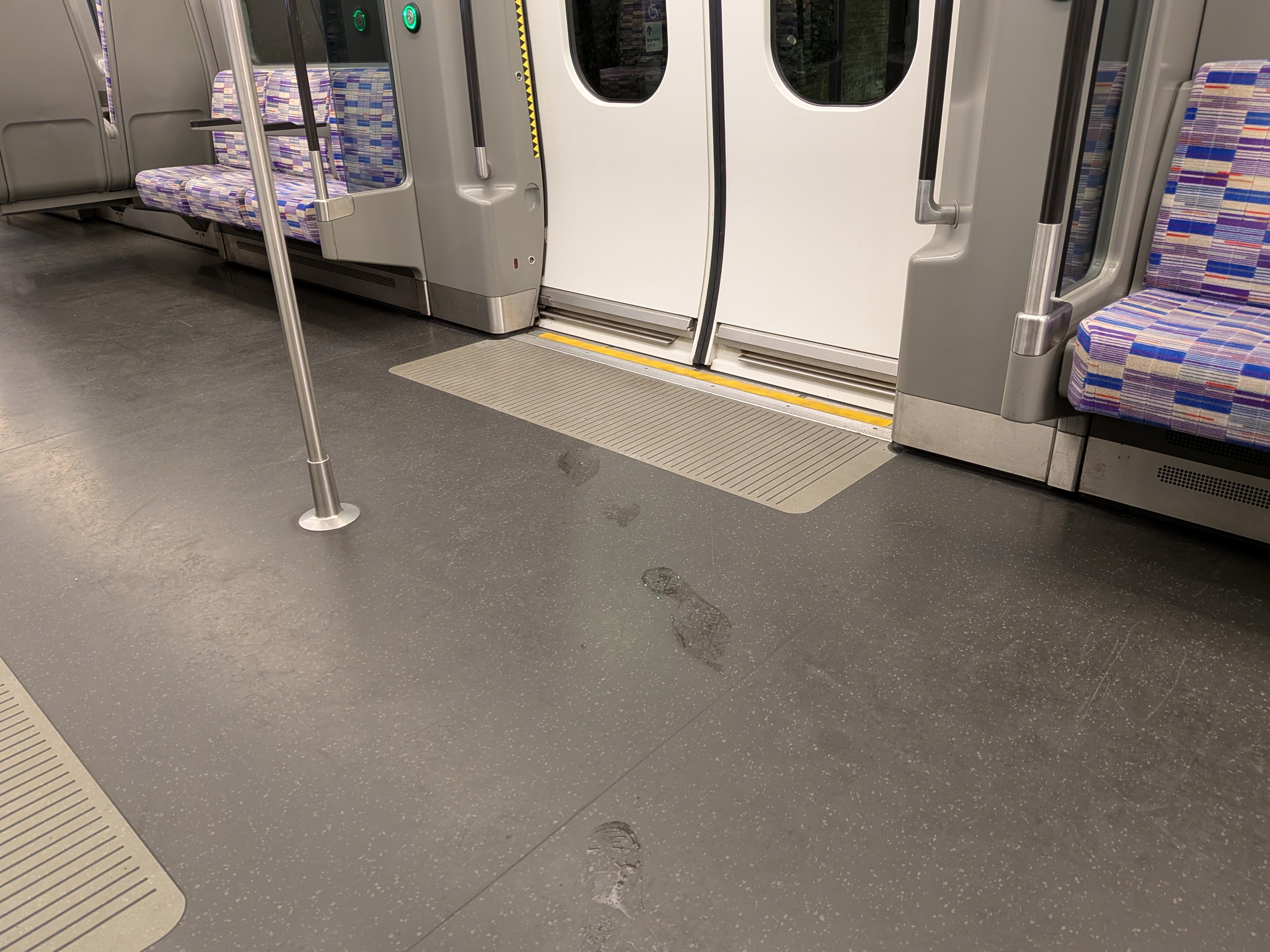
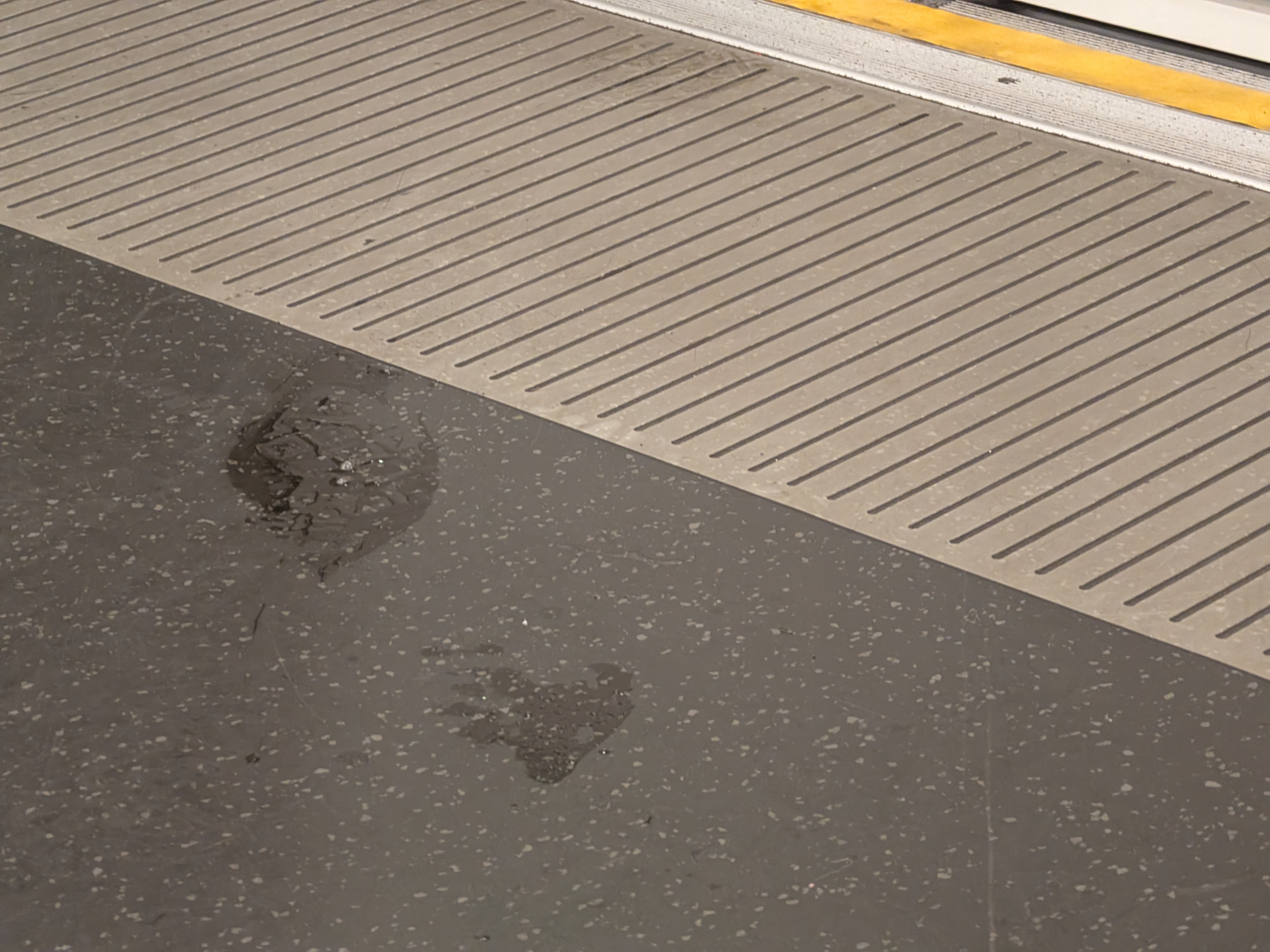
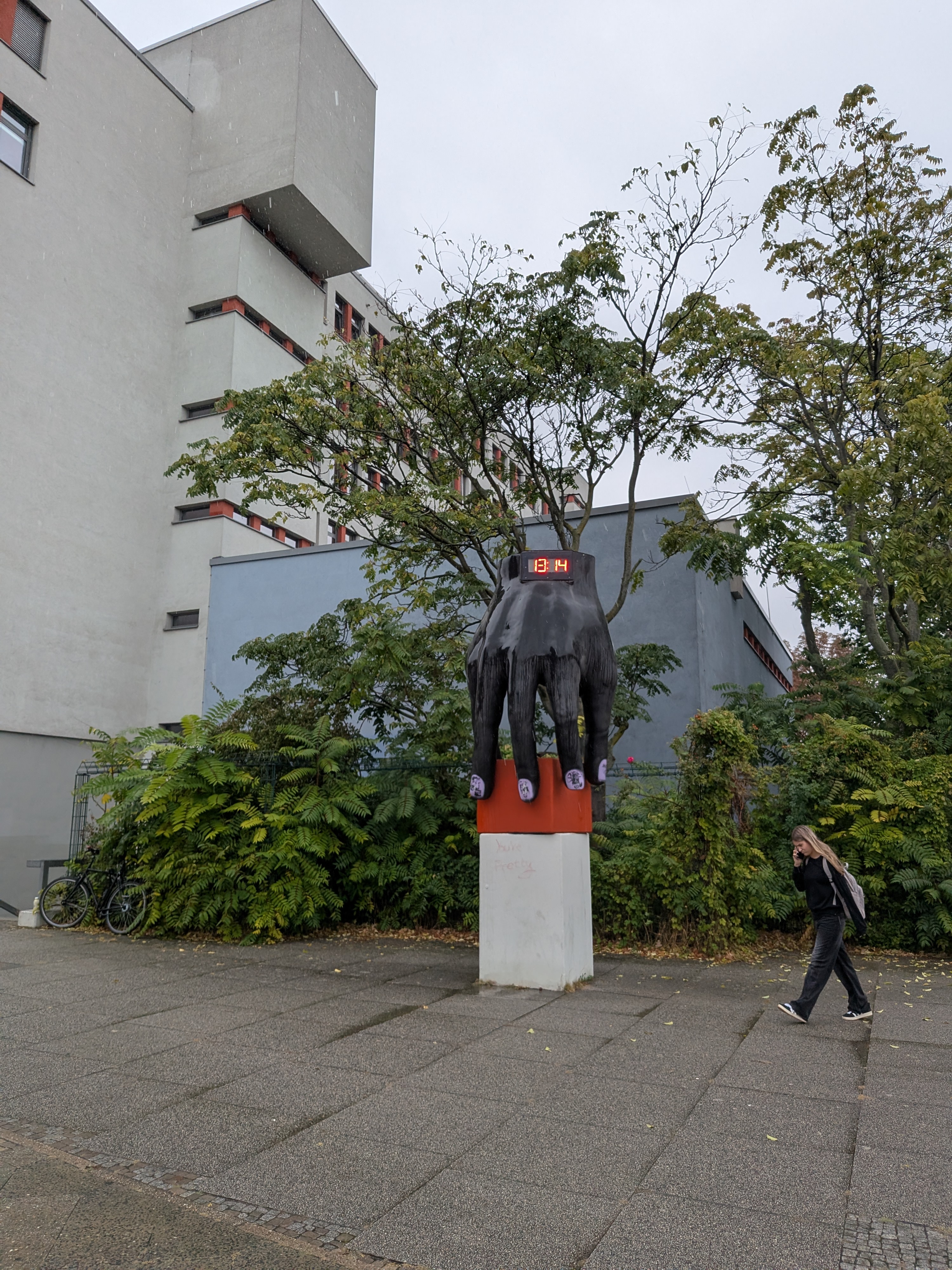


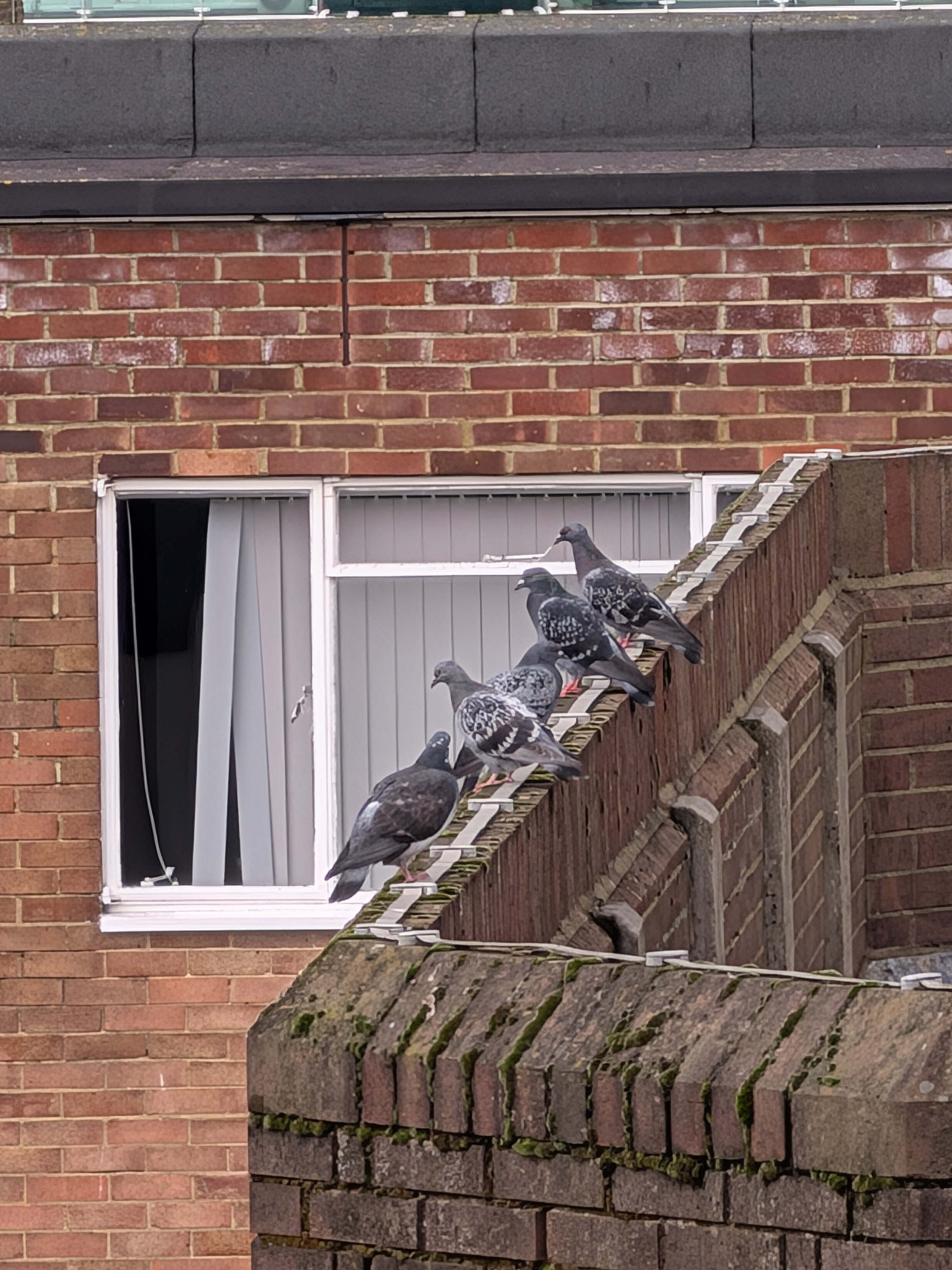
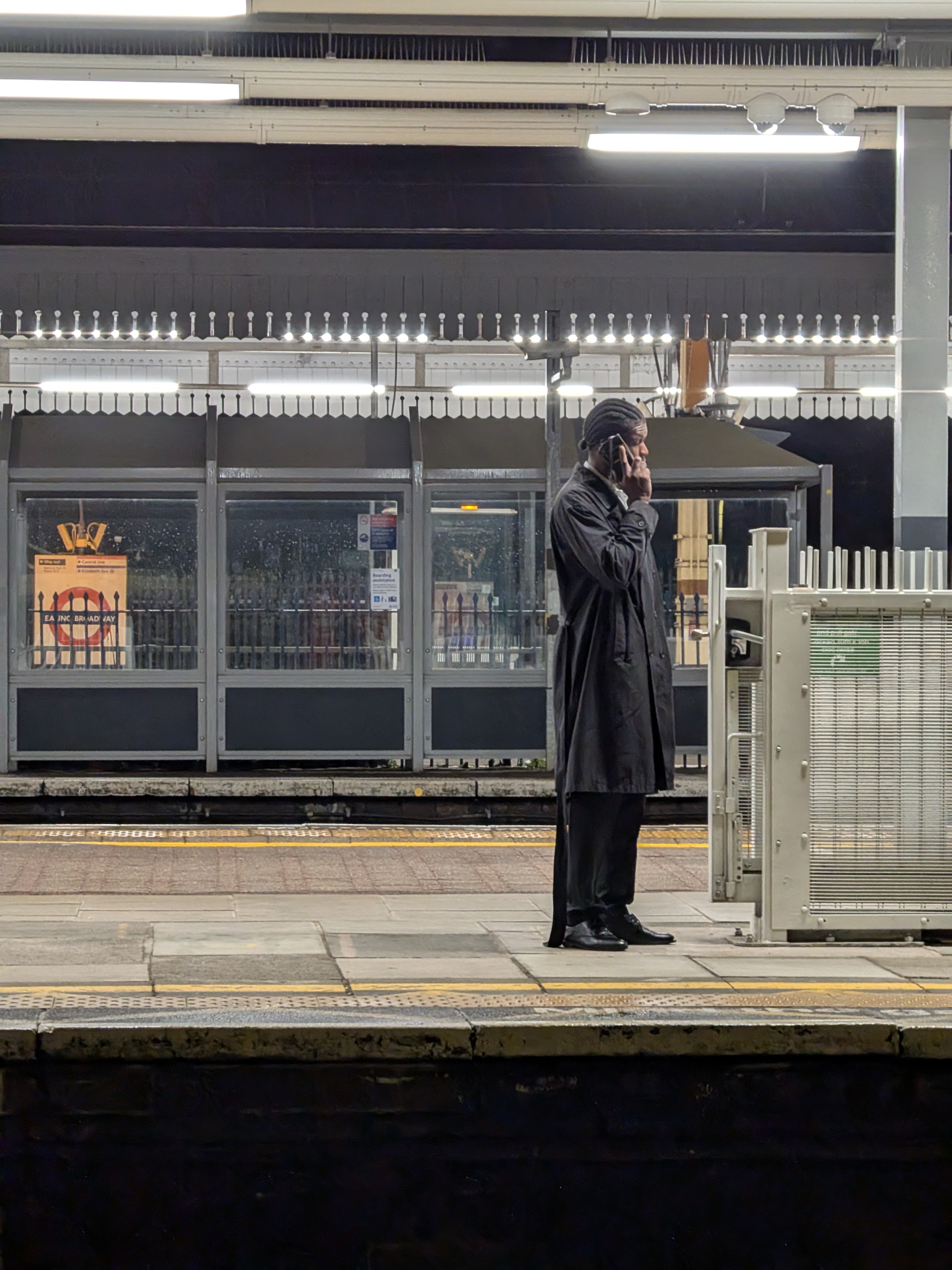
When the lights drop, the ultra-wide is the weakest camera, and the telephoto camera is only good if it can focus and lock-on in time, and you give it a steady hand which isn't always possible. Once it does, night mode kicks in and shots at 5x and beyond look respectable, though there’s clearly more noise, and noise suppression going on here than the competition. Nevertheless, the telephoto camera’s detail is strong at 5x zoom and beyond versus the 3x zoom alternatives.

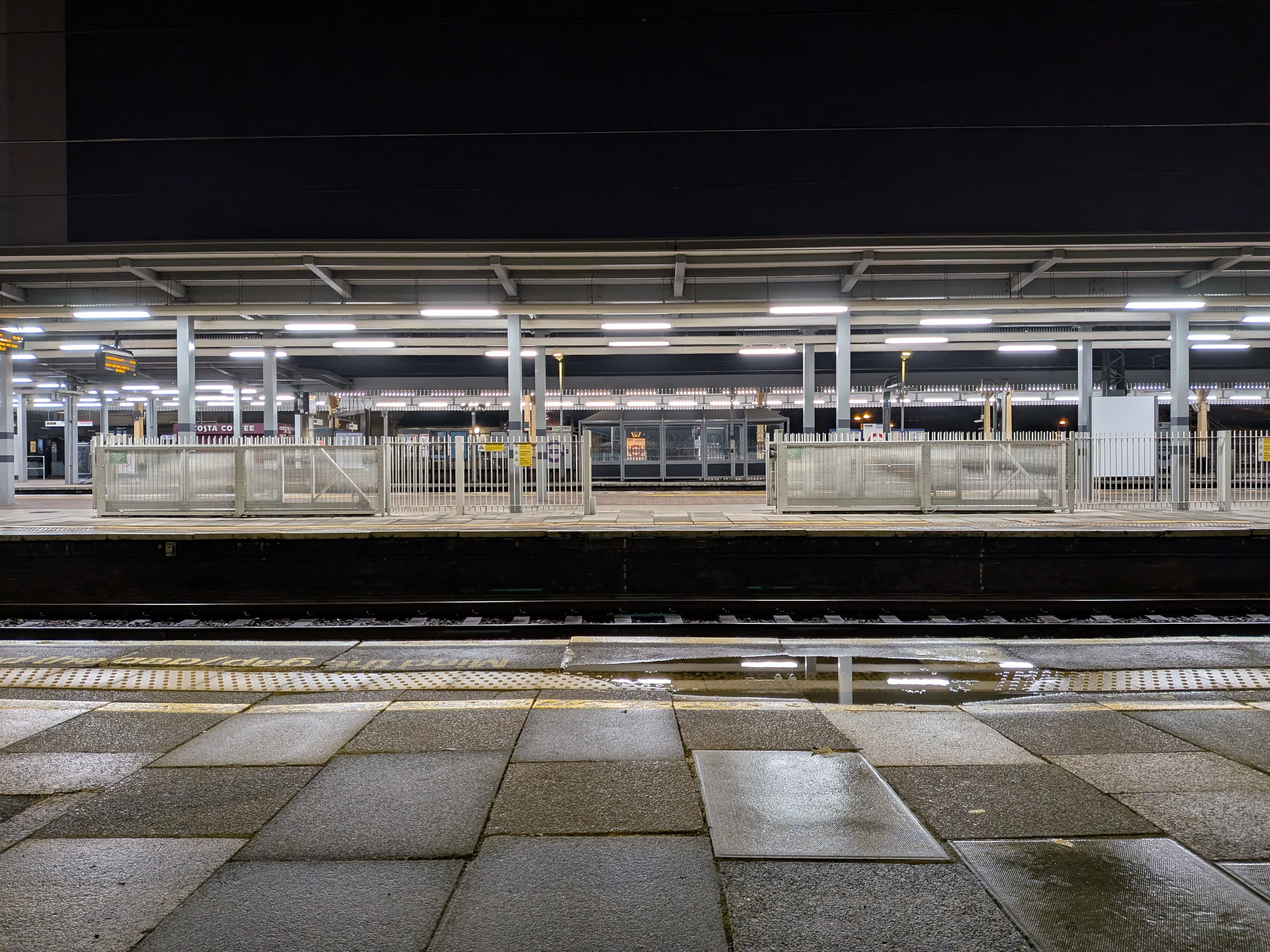
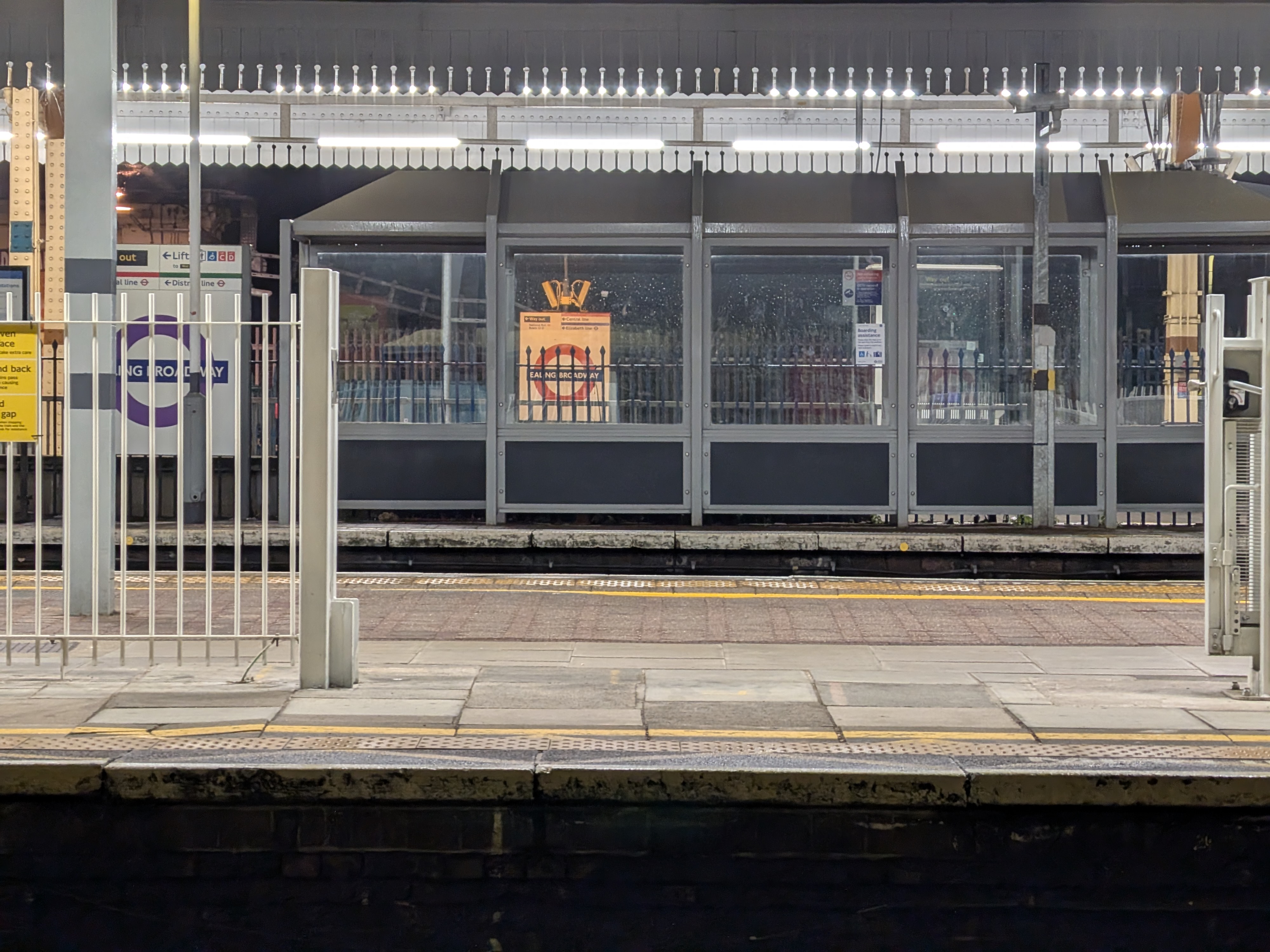
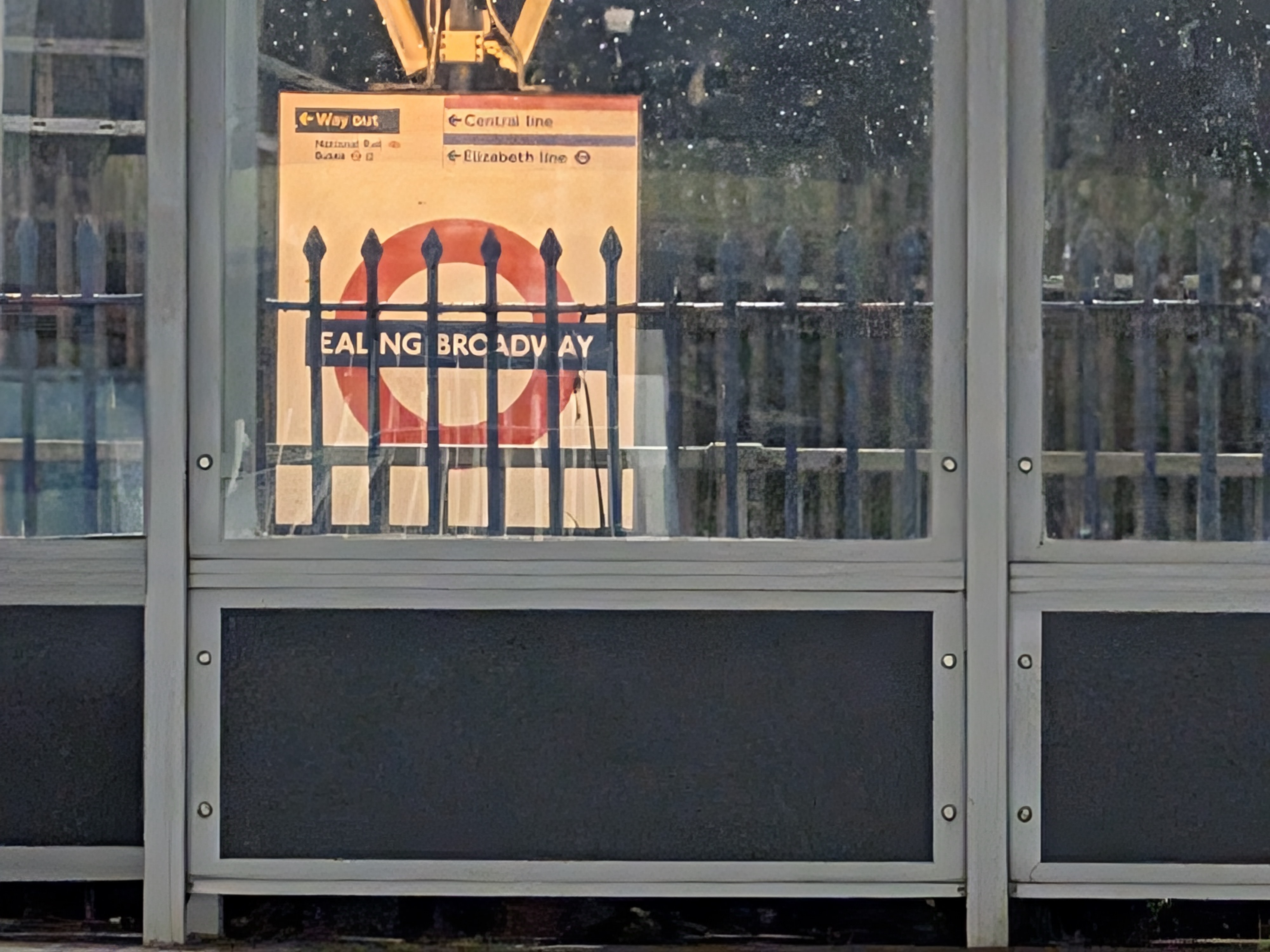

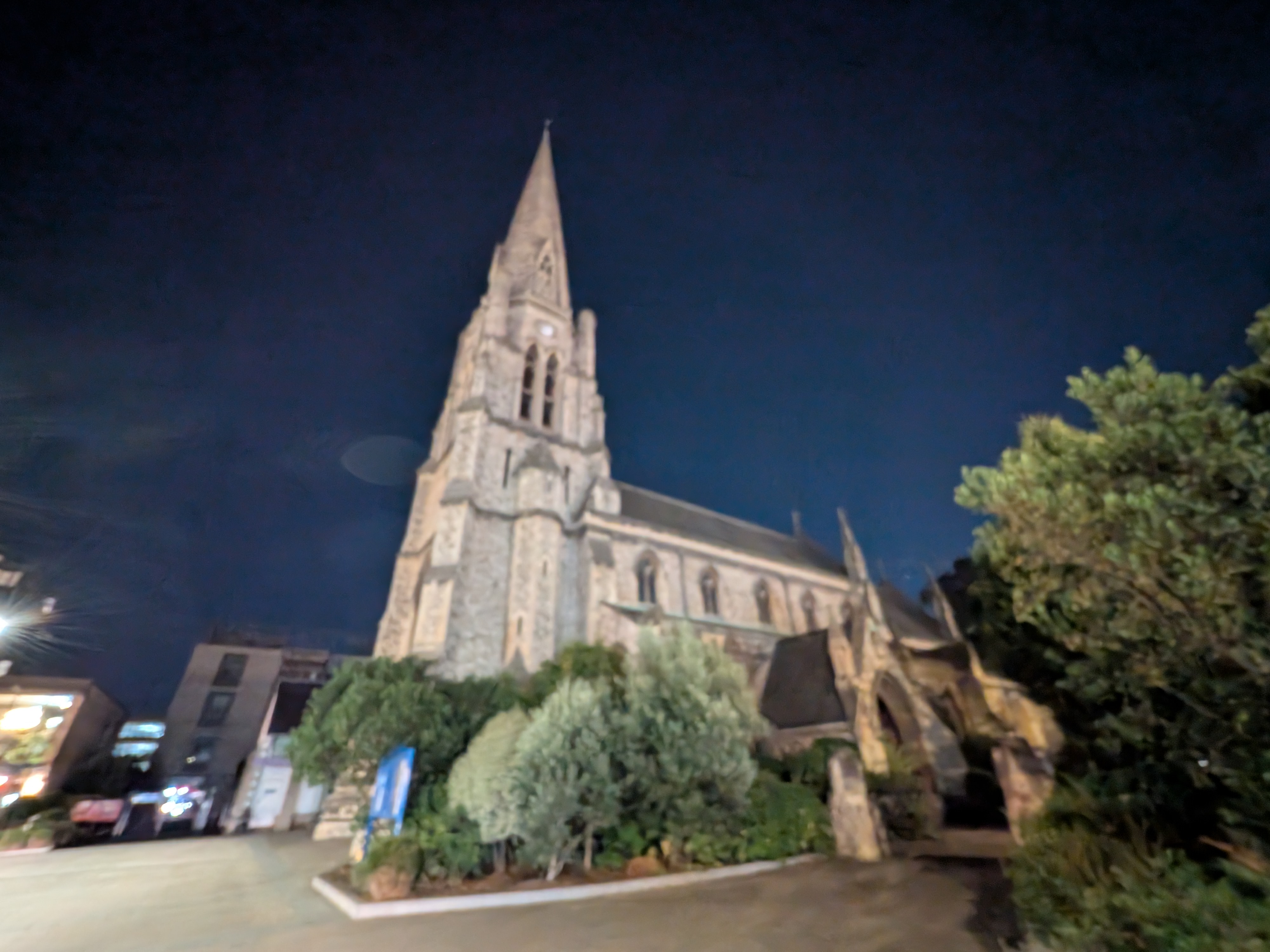

While Google’s computational photography helps keep the Pixel 9 Pro Fold’s stills camera competitive, video capture is where the phone really drops the ball. The main camera is okay, slightly noisy even in relatively well-lit scenes, but after uploading footage to the cloud for Video Boost cleaning up, it’s passable.
The ultra-wide and telephoto cameras' video produce muddy clips in all but the best lighting, and with no Video Boost, there's no scope for cleaning them up automatically. This is the main reason the Pixel 9 Pro Fold is a weak phone for creatives and indeed creators, whereas the OnePlus Open, by contrast, is has fewer weak spots.
Google Pixel 9 Pro Fold additional features
Pixels have been plagued by poor performance in the past thanks to their Tensor chips, which were known to heat up and drain battery more so than their Qualcomm and MediaTek counterparts. The latest-generation Tensor G4 in the Pixel 9 Pro Fold, however, improves things on almost all fronts.
While the G4 still isn’t a gaming powerhouse, at least it gets the basics right. When we tested the Pixel 9, 9 Pro, 9 Pro XL, and now, the Pixel 9 Pro Fold, we enjoyed smooth performance, good enough battery life, and no overheating. The phones get warm when charging and WiFi hotspotting, but never uncomfortably so.
Google’s interface is clean and packed with useful tools. Running Android 14, the Pixel 9 Pro Fold will get software updates for seven years, taking it up to Android 21 which is excellent. It also ships with Gemini AI assistant, is loaded up with Pixel Studio for AI image creation, and featuring voice note transcription and more, you get plenty of smart features out of the box too.
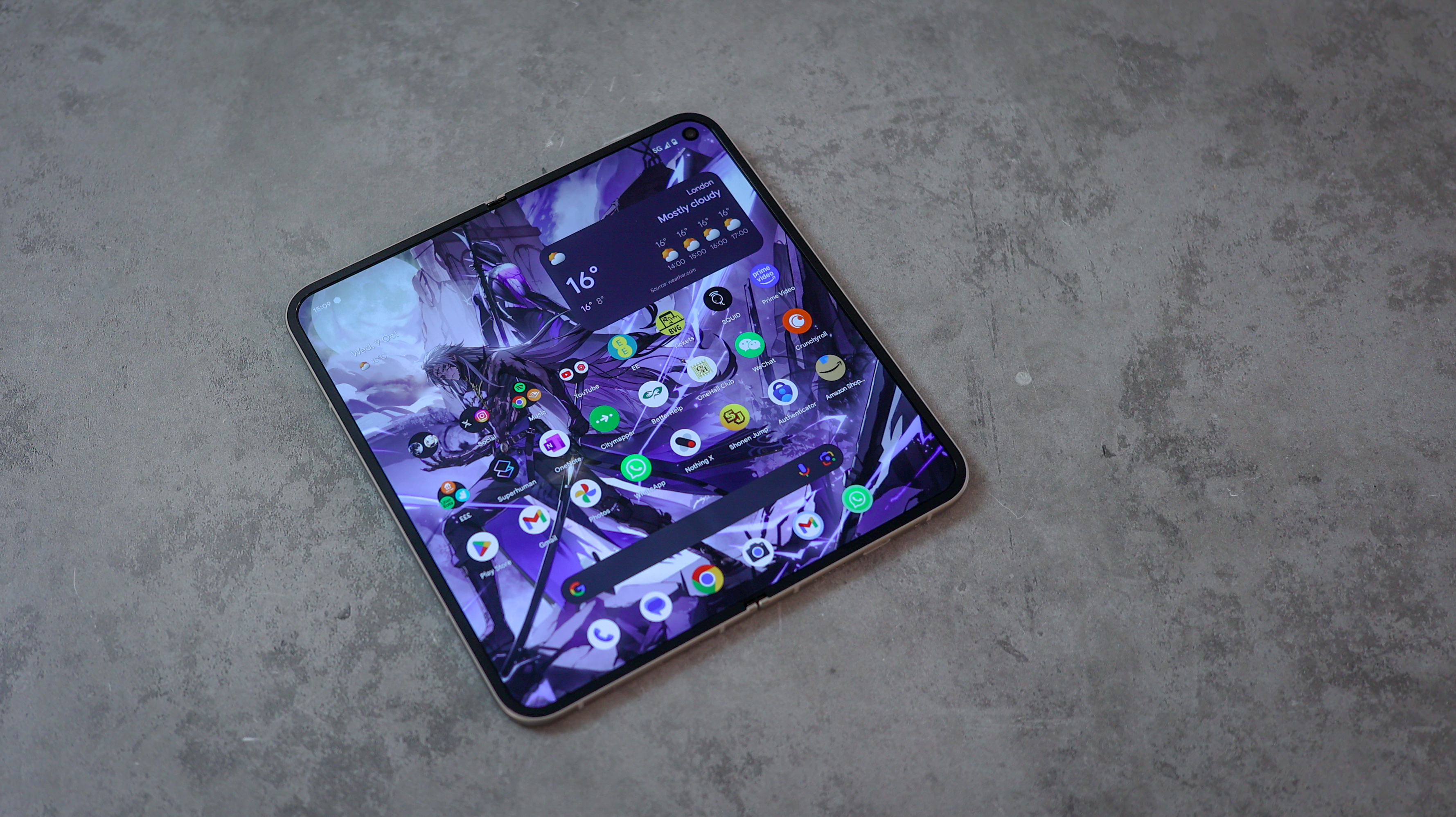
The Pixel 9 Pro Fold also has 16GB storage, which is as good as it gets and a first for the Pixel line. This keeps multitasking smooth and apps safely running in the background. Having said that, we did notice that some apps were a little late with notifications compared to our iPhone, including WhatsApp, WeChat, and even Gmail.
Multi-tasking on the Pixel 9 Pro Fold is great when using two apps side-by-side on the main inner display. You can dip into the developer settings and activate floating windows, but this isn’t well-optimized, resulting in visual bugs, so for more than two apps, the phone falls behind the multi-tasking solutions from Honor, OnePlus, and Samsung, which support many more simultaneous apps on-screen and off-screen.
As for battery life, the 6450mAh cell in the 9 Pro Fold is ample considering the cover screen’s size, but heavy inner-screen use might leave you short by the end of the day. Missing out on fast charging, it takes over 90 minutes to power up fully, though with wireless charging onboard, it edges ahead of the OnePlus Open when it comes to charging options.
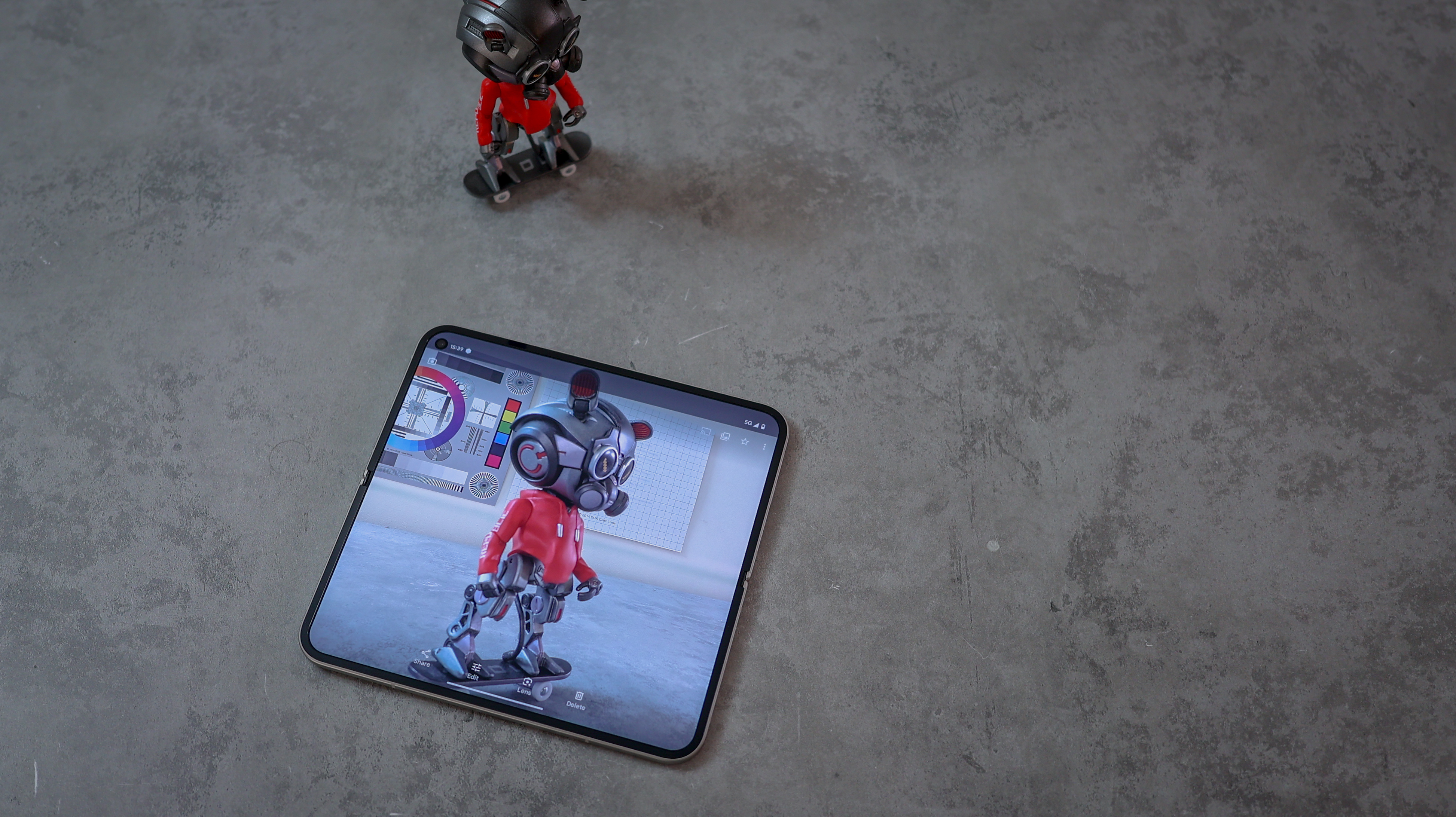
Google Pixel 9 Pro Fold Verdict
The Google Pixel 9 Pro Fold is a good smartphone despite being a mediocre camera phone.
By recycling already middle-of-the-road camera hardware from its predecessor, the phone’s camera falls behind the OnePlus Open and Honor Magic V3 in every respect other than telephoto reach.
For point-and-shoot photography, though, it’s still a competent performer, and the many ways Google has upgraded the rest of the user experience over the original Pixel Fold are game-changing for the line.
For 2024, the design is thinner, lighter, and more refined; the screens are bigger, brighter, and better; the hinge and folding mechanism feels less clunky, and performance is significantly improved.
If Google had managed to fit the Pixel 9 Pro’s camera on the 9 Pro Fold, this would have been our number one foldable, arguably justifying its very high price. As it stands, though, the OnePlus Open is still the best flip-and-fold phone for photographers, followed by the Honor Magic V3. Nevertheless, Pixel Fold fans looking to upgrade will be delighted with all the improvements Google’s made this time around, provided they can justify the phone’s price.
Basil Kronfli is a freelance technology journalist, consultant, and content creator. He trained in graphic design and started his career at Canon Europe before moving into journalism. Basil is also experienced in video production, independently running the YouTube channel TechEdit, and during his time at Future, he worked alongside the Digital Camera World team as a senior video producer.
